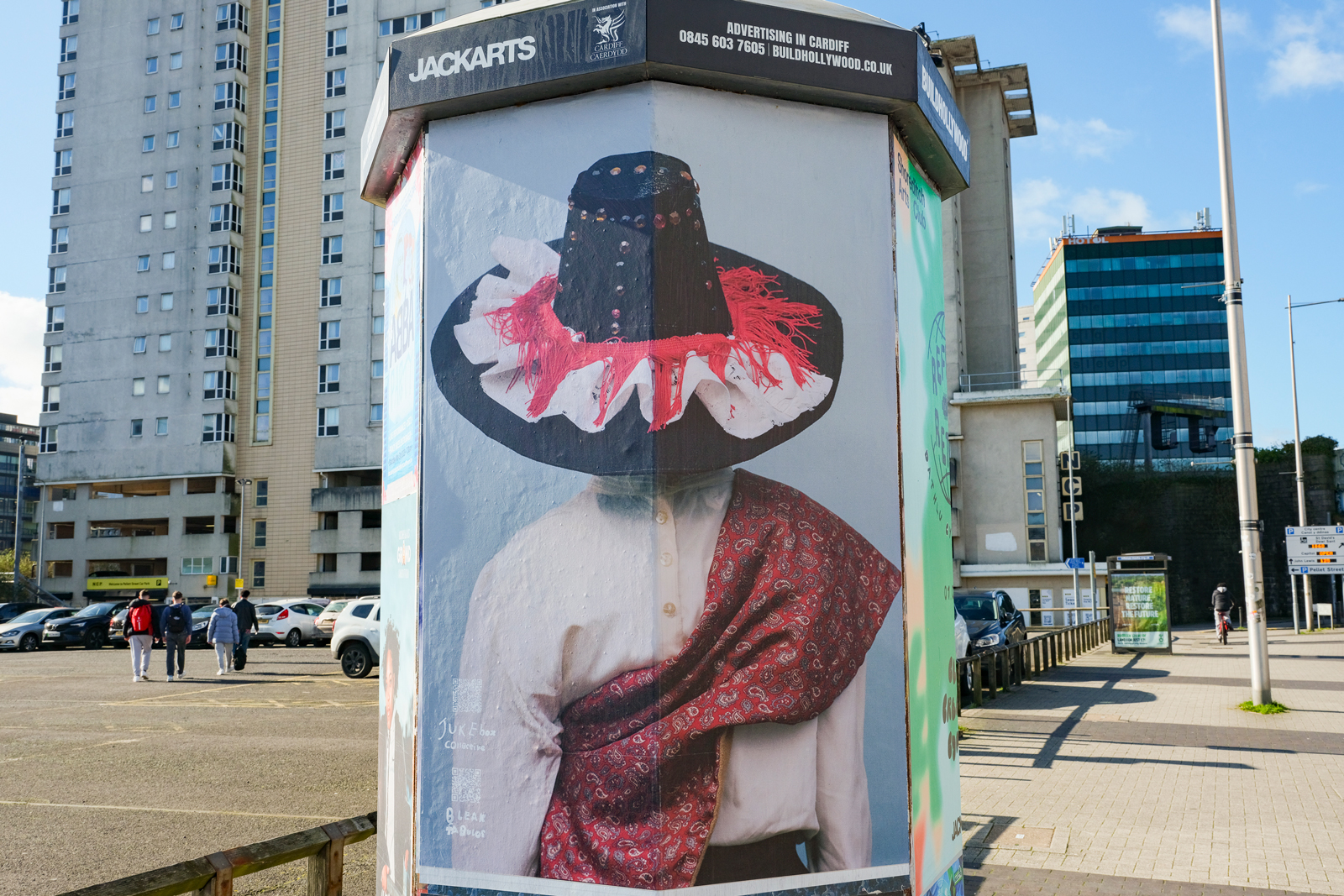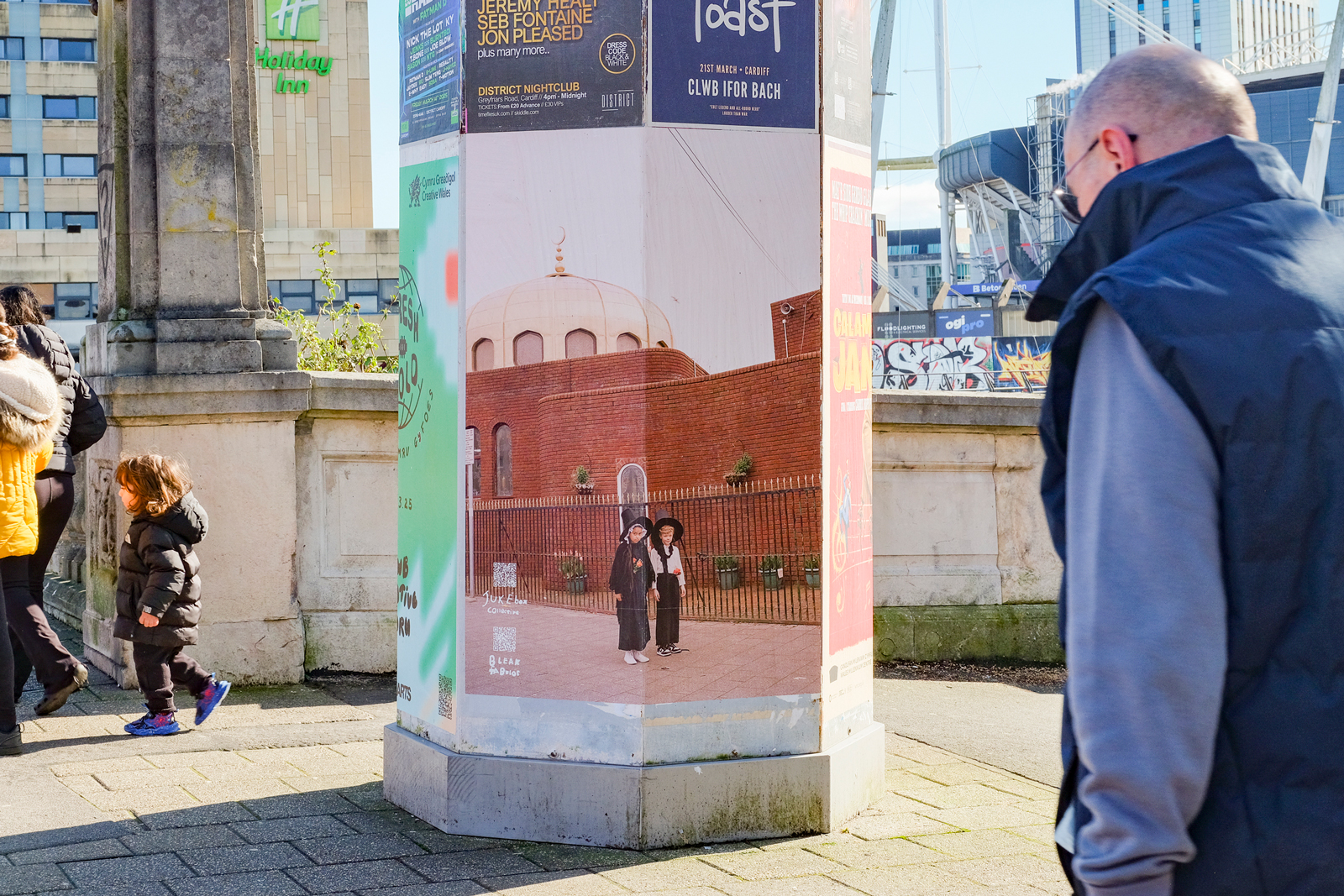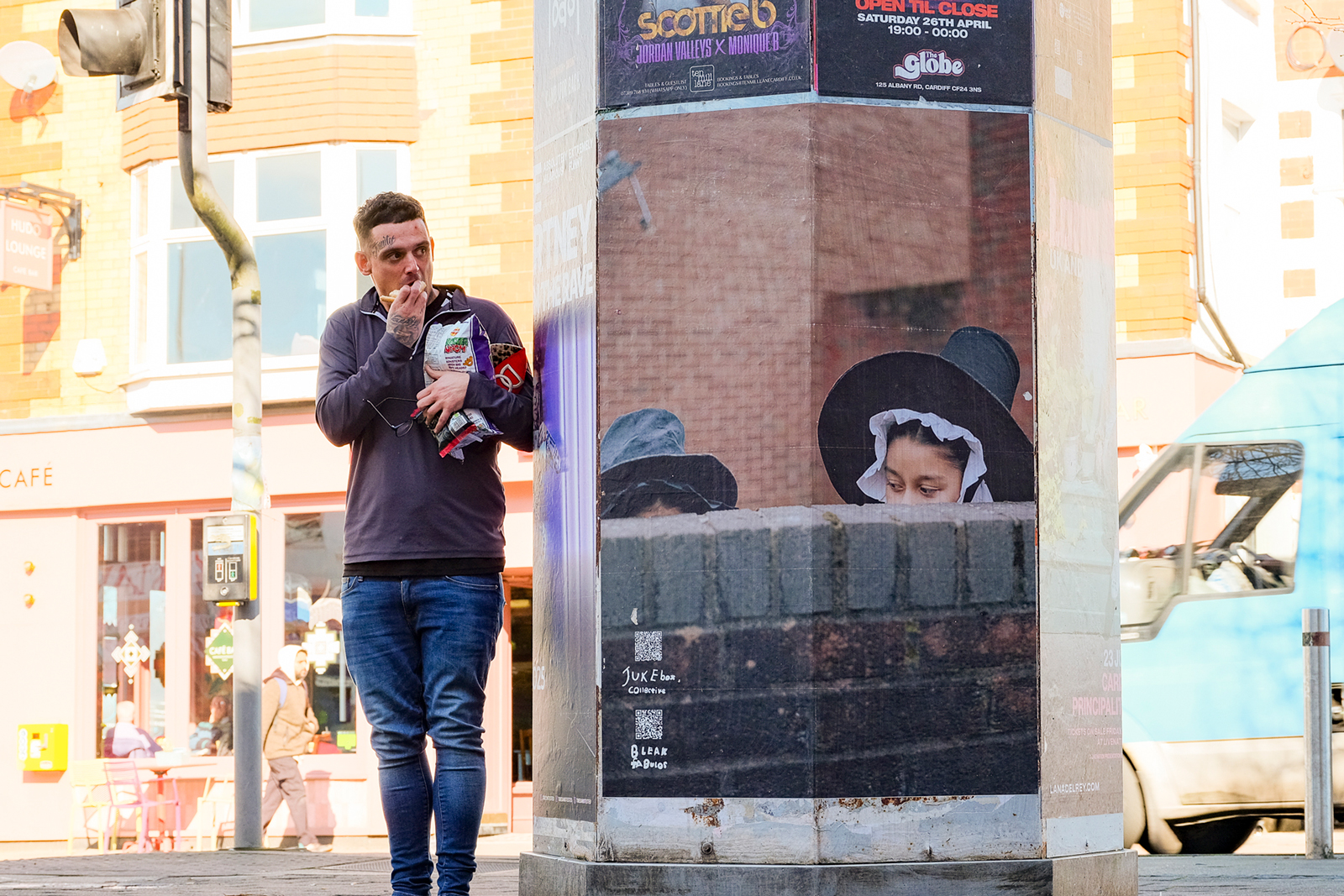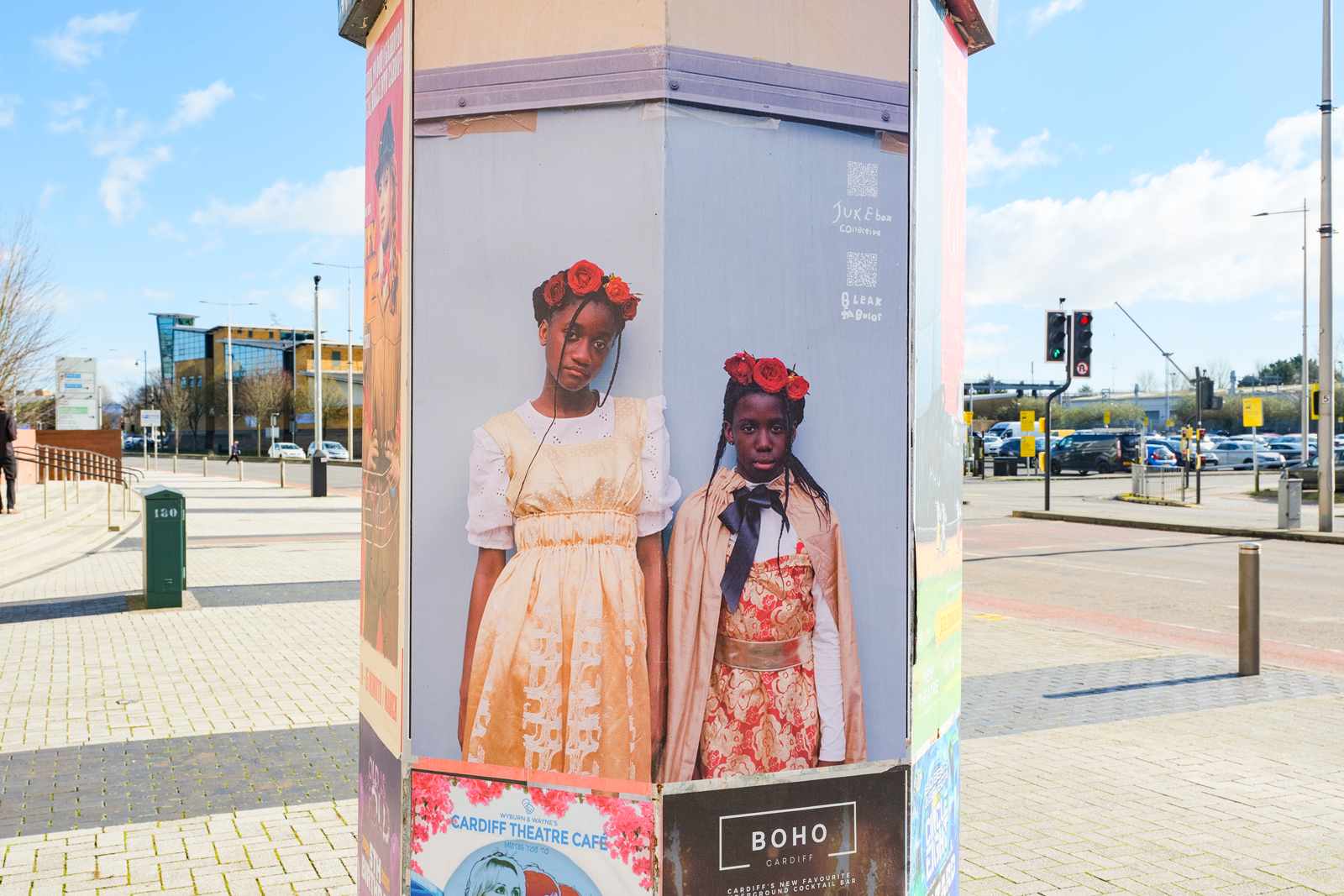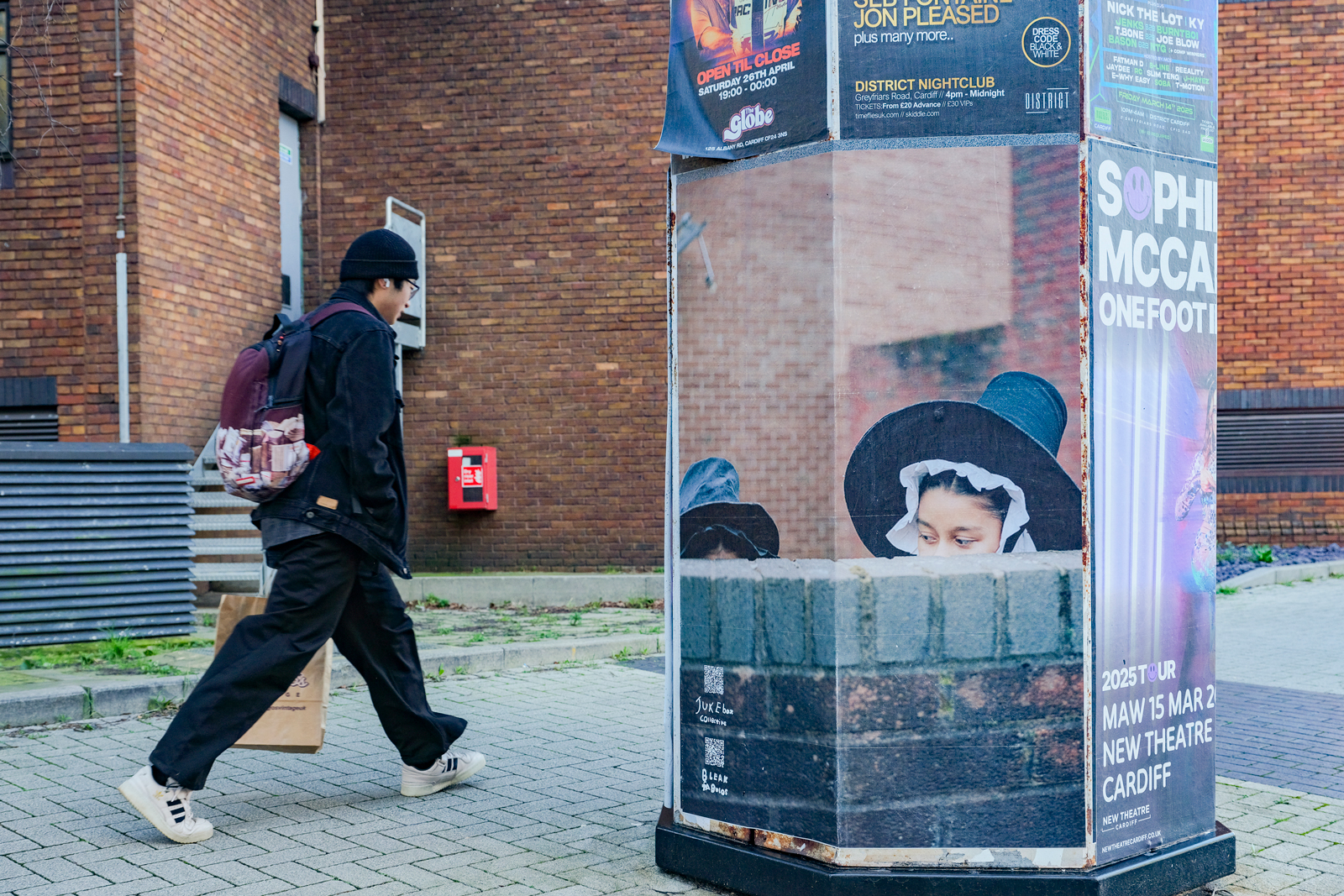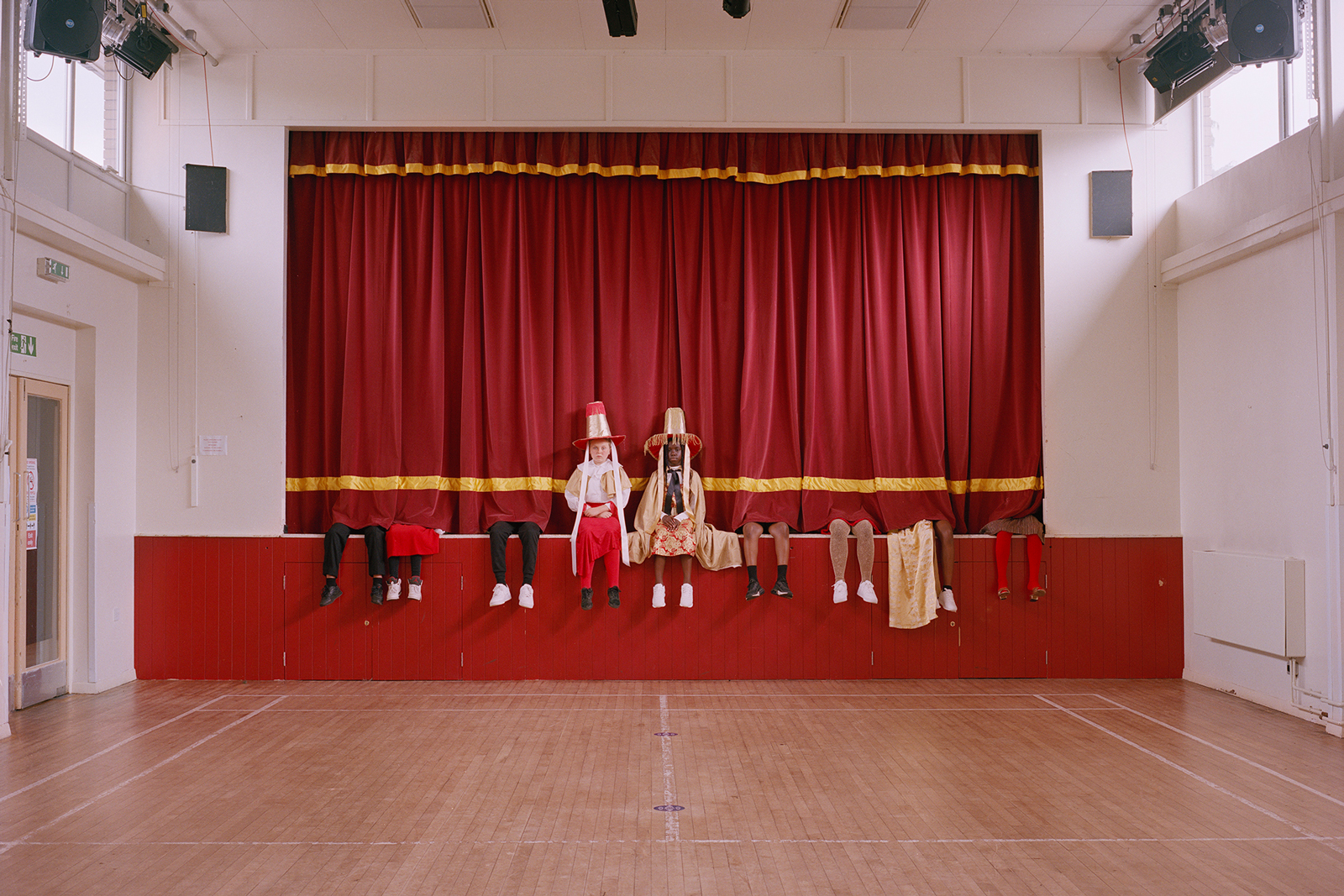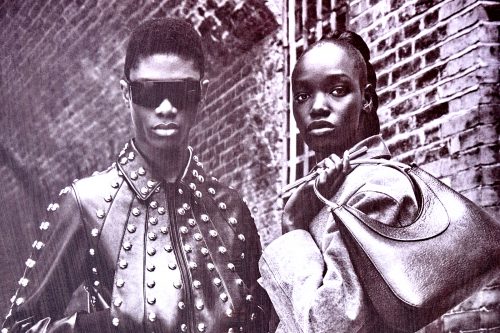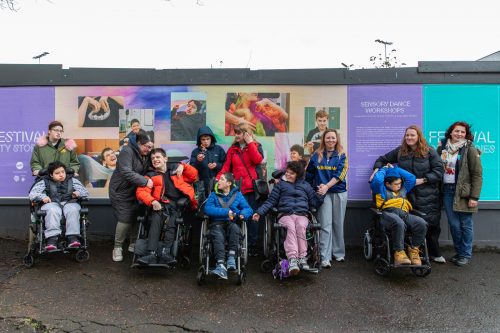Partnerships
This is Wales: Bleak Fabulous and Jukebox Collective are reimagining Welsh traditions
Delivering an expansive editorial series exploring Welsh heritage through the eyes of young people in Cardiff, youth-led collective Jukebox and photography-based creative studio Bleak Fabulous showcase a playful, profound, and pride-led exploration of what it means to be Welsh in the Wales we know and love today.
To reimagine an image that doesn’t feel representative is to reimagine what already exists. Tiger Bay, home to one of the UK’s oldest Black communities, offers a deeper understanding of Welsh identity, one that isn’t always reflected in the expected mainstream representations of Wales. With their office rooted in the community centre at the heart of this pocket, Jukebox Collective’s Strategic Director Lauren Patterson highlights the significance of the project in the landscape of Welsh creative practice. “These images haven’t been created before,” she says, emphasising that these visuals shouldn’t be seen as a “challenge,” but rather as a creative interpretation of tradition: “This is Wales”.
The collaboration, inspired by the iconic Welsh hat, a 19th-century symbol of national pride, saw students from the Jukebox Academy rework this traditional piece with guidance from Welsh costume designer Ffian Jones. The result was a series of visually striking, culturally resonant interpretations brought to life through Bleak Fabulous’ lens, now displayed across Swansea and Cardiff on BUILDHOLLYWOOD billboards. Set against the muted greys and whites of Butetown, the vibrant colours found in the costumes are a reminder of the project’s impact, recognising how the past has always been present, alongside the ever evolving identities and communities found in the well-renowned Tiger Bay.
28.02.25
Words by


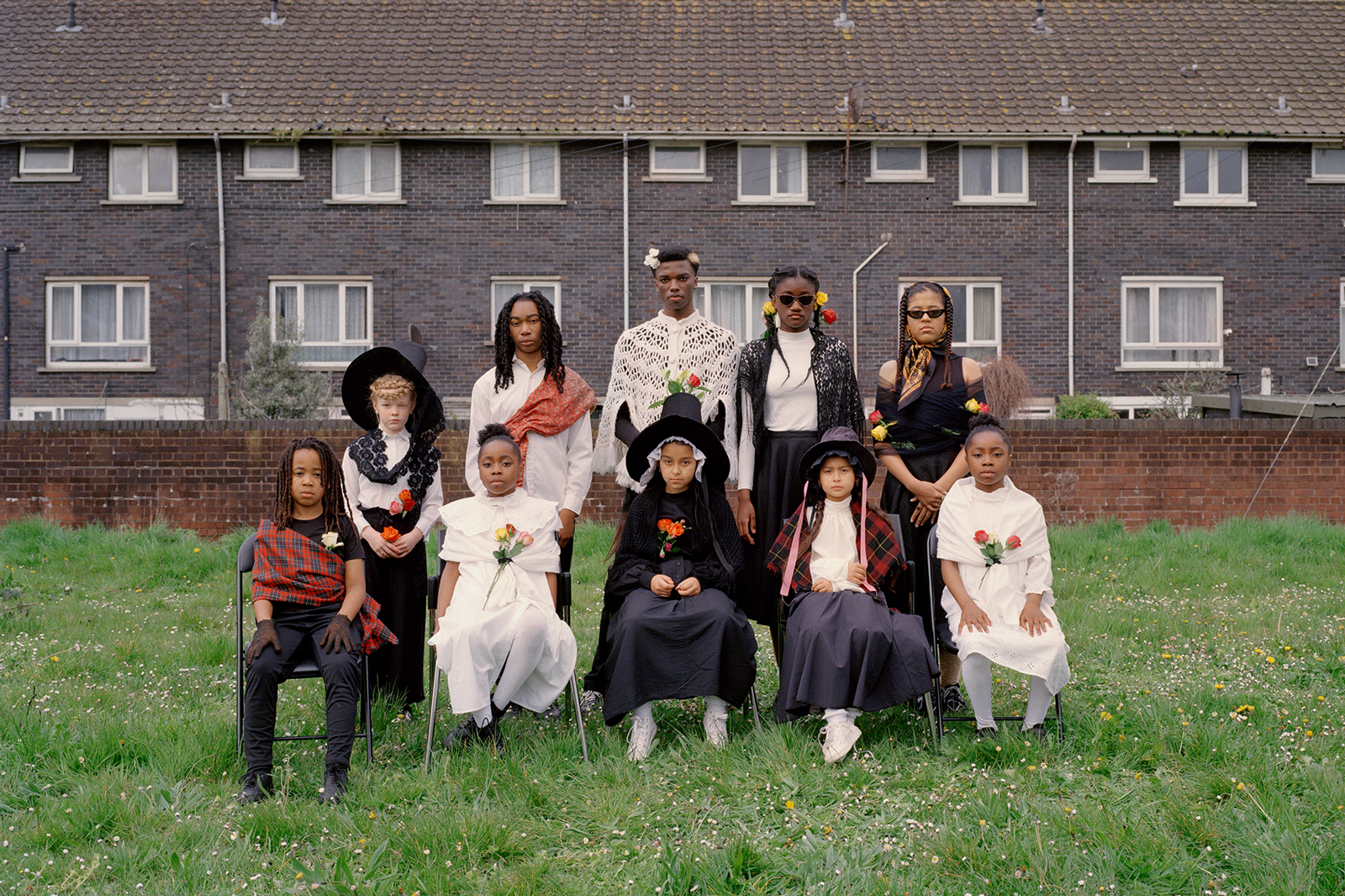
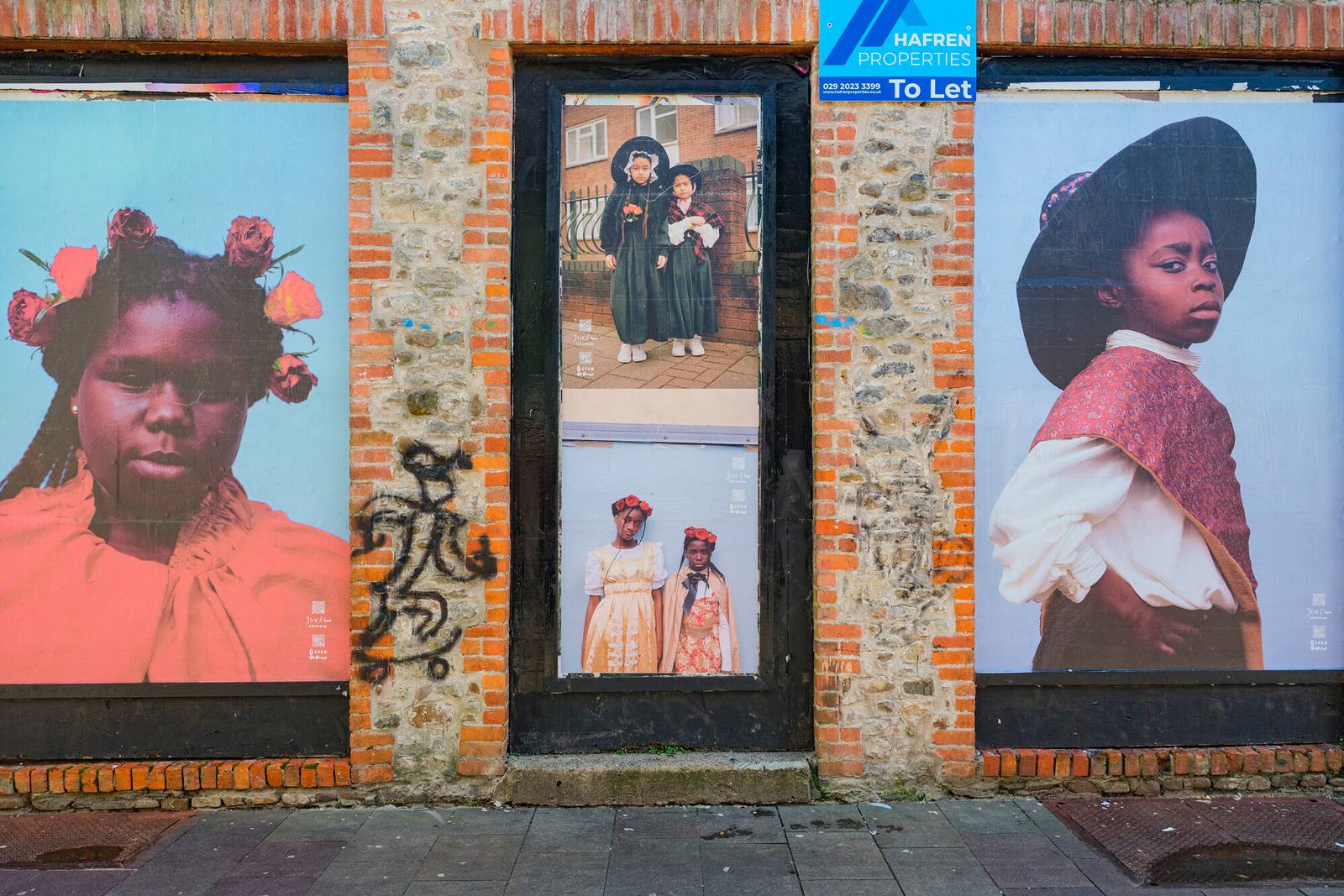
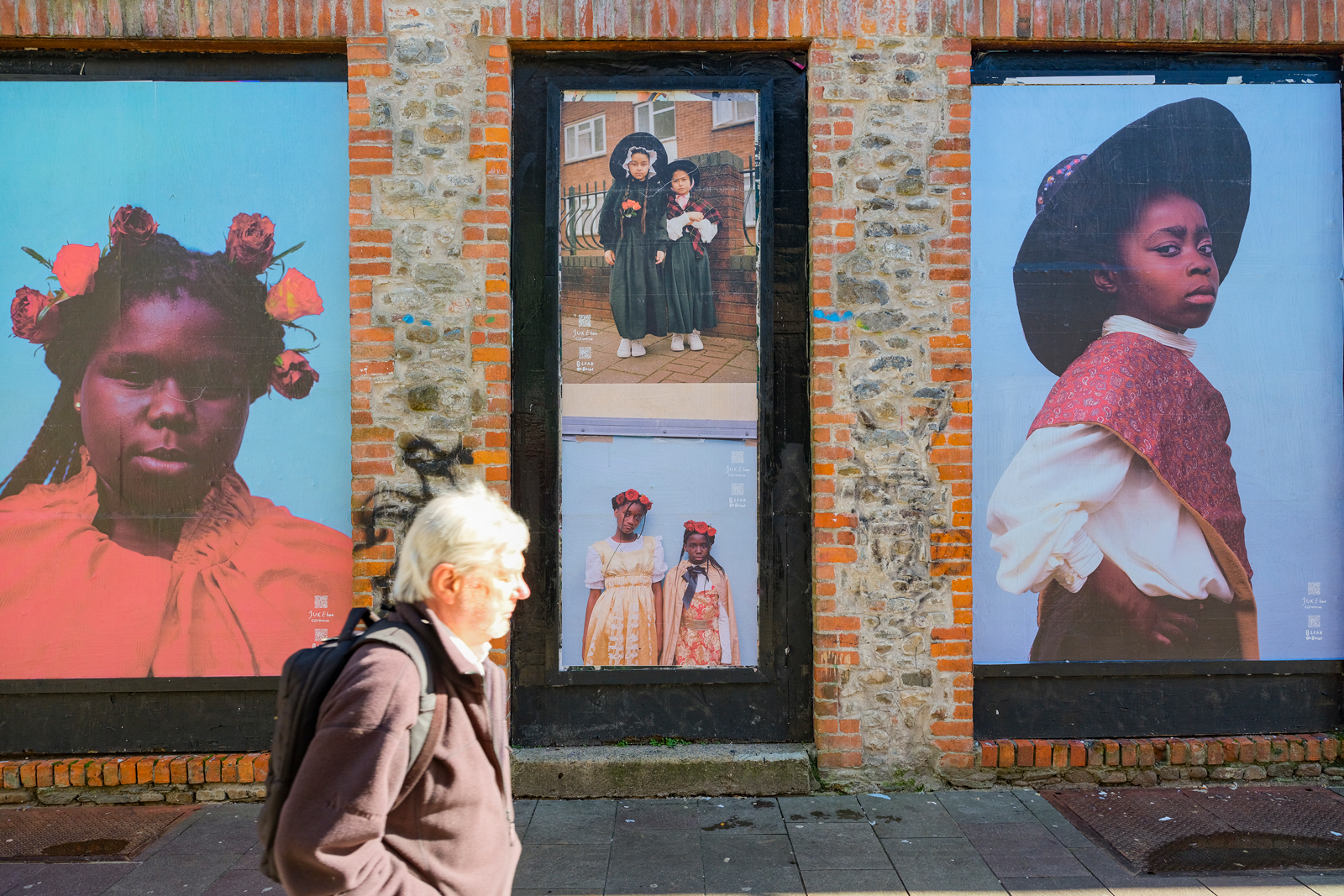
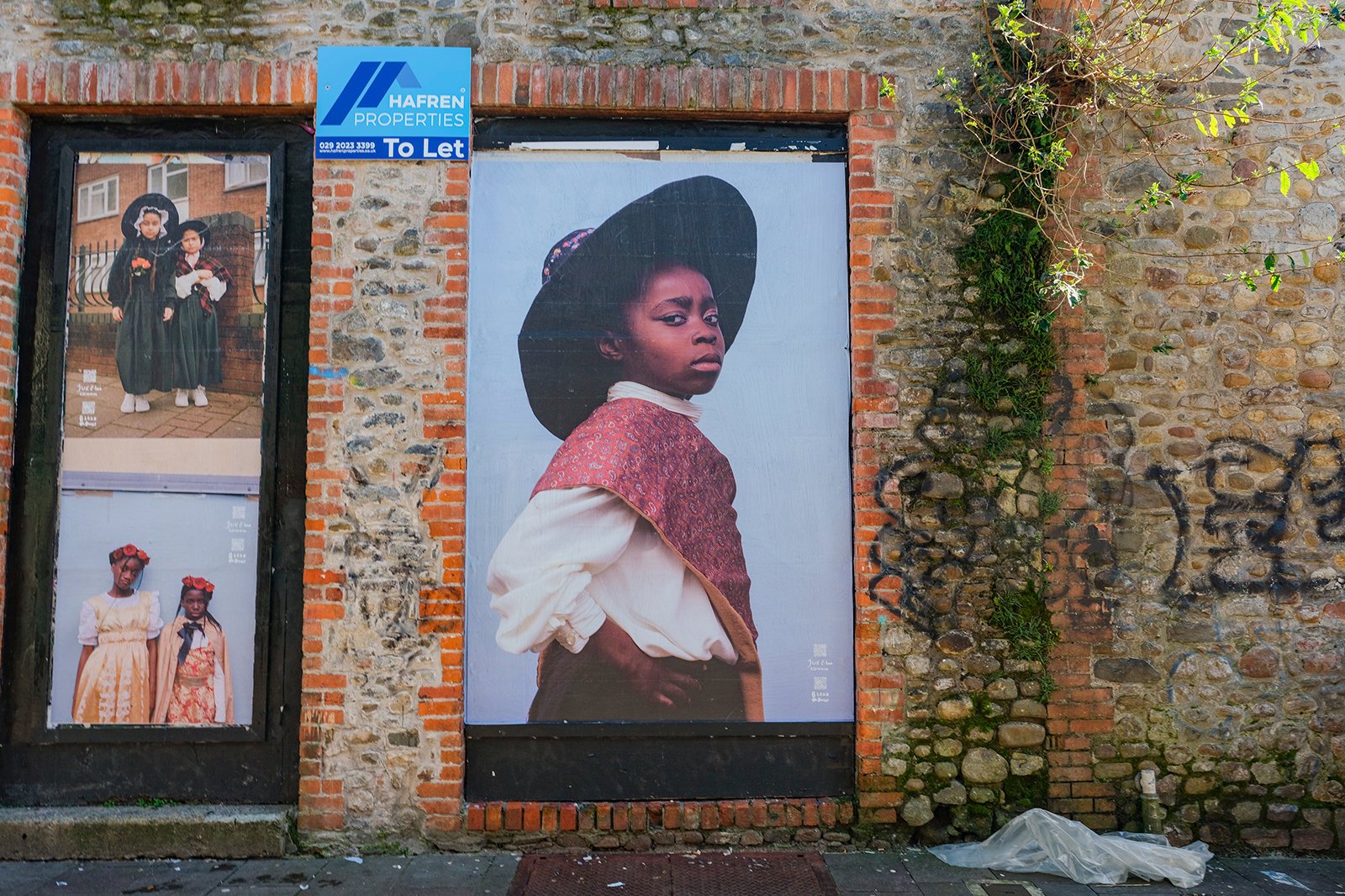
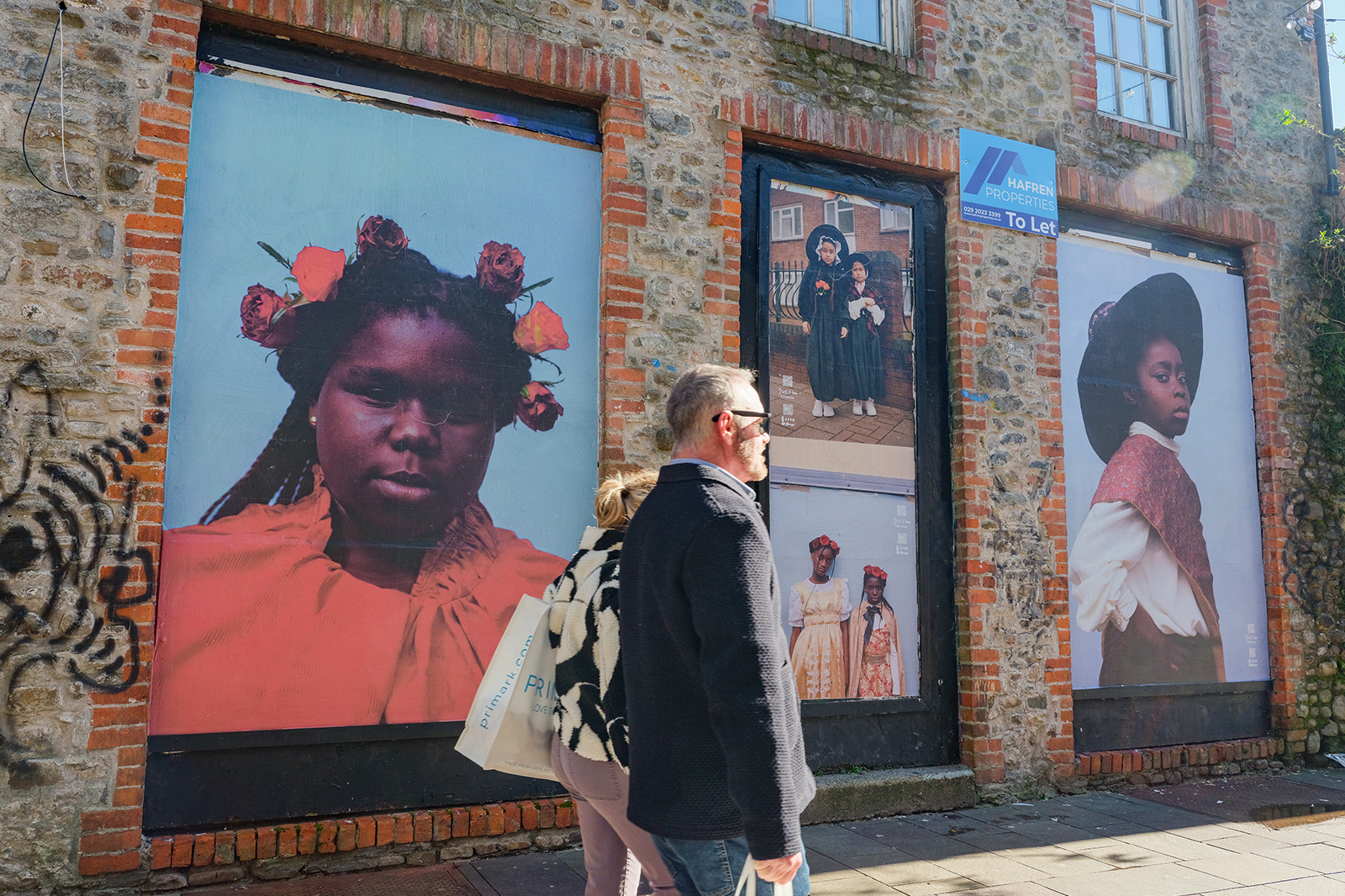
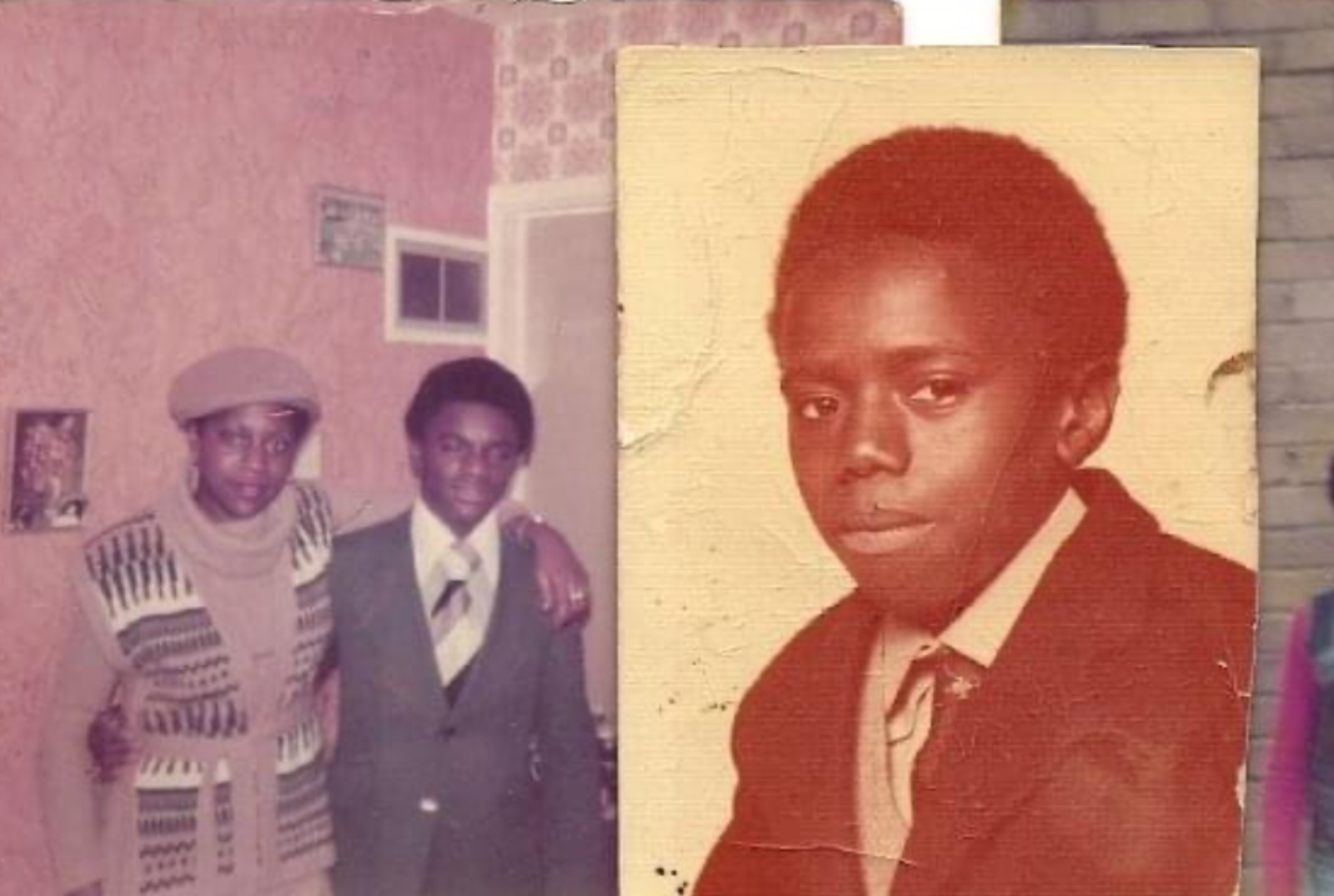
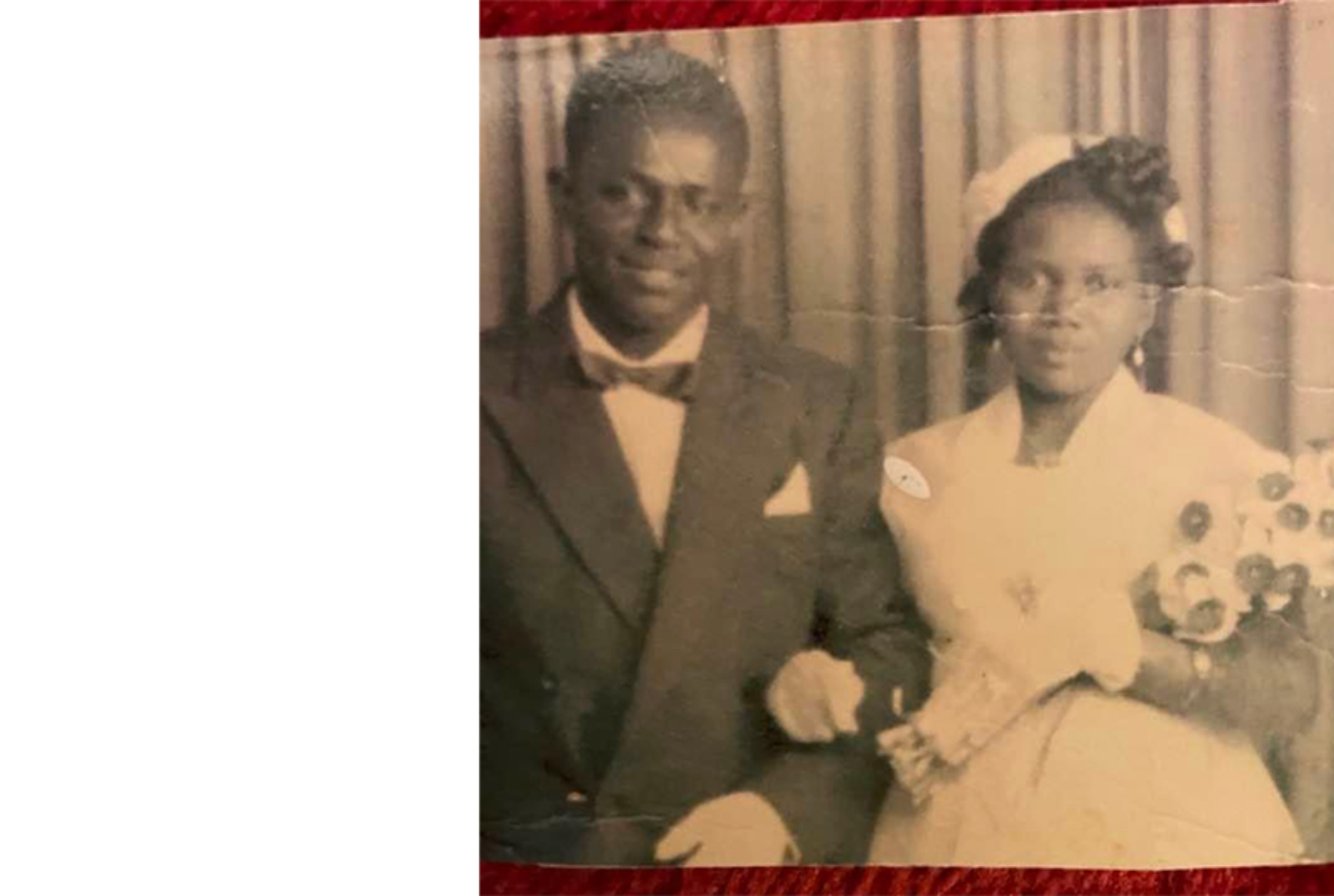
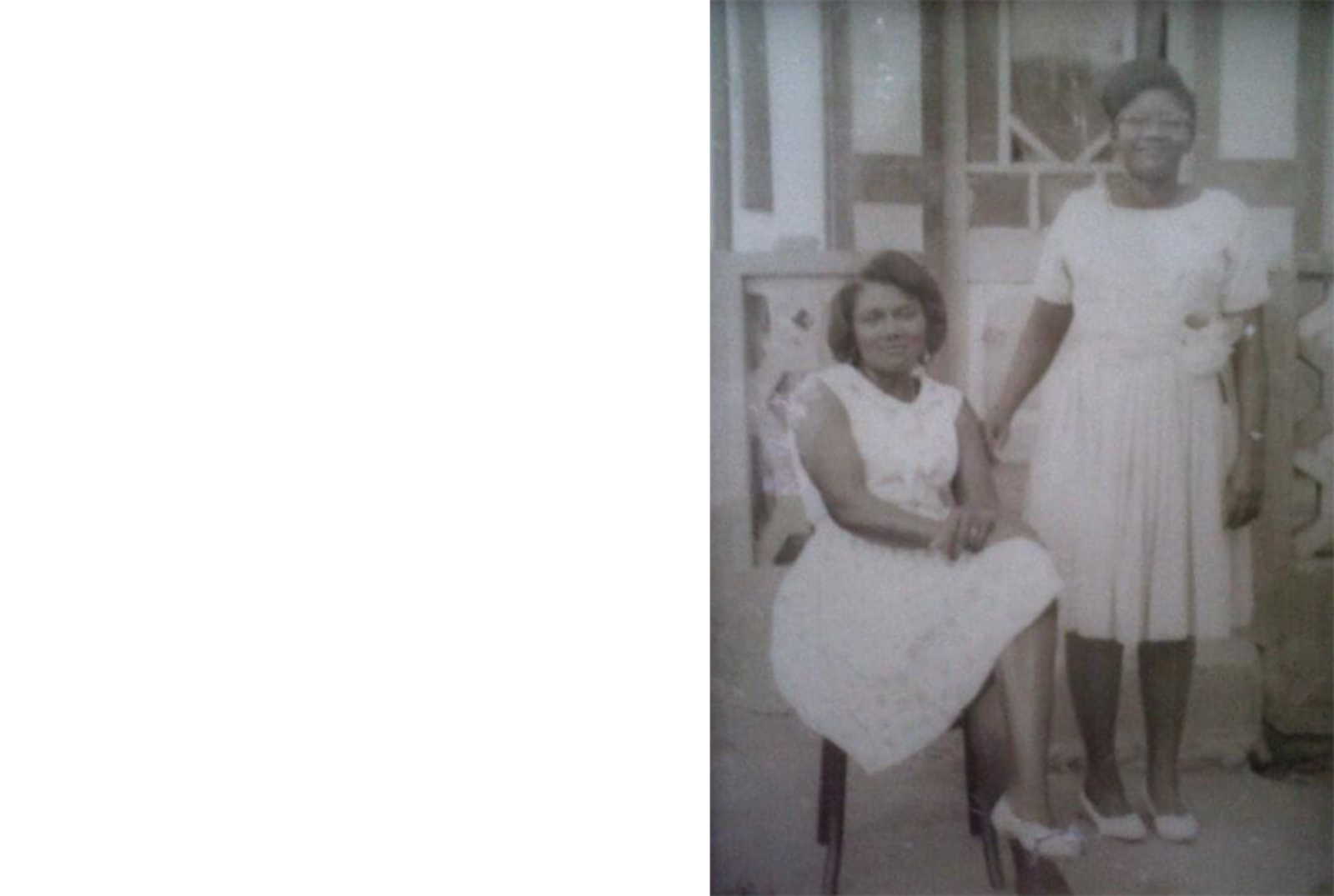
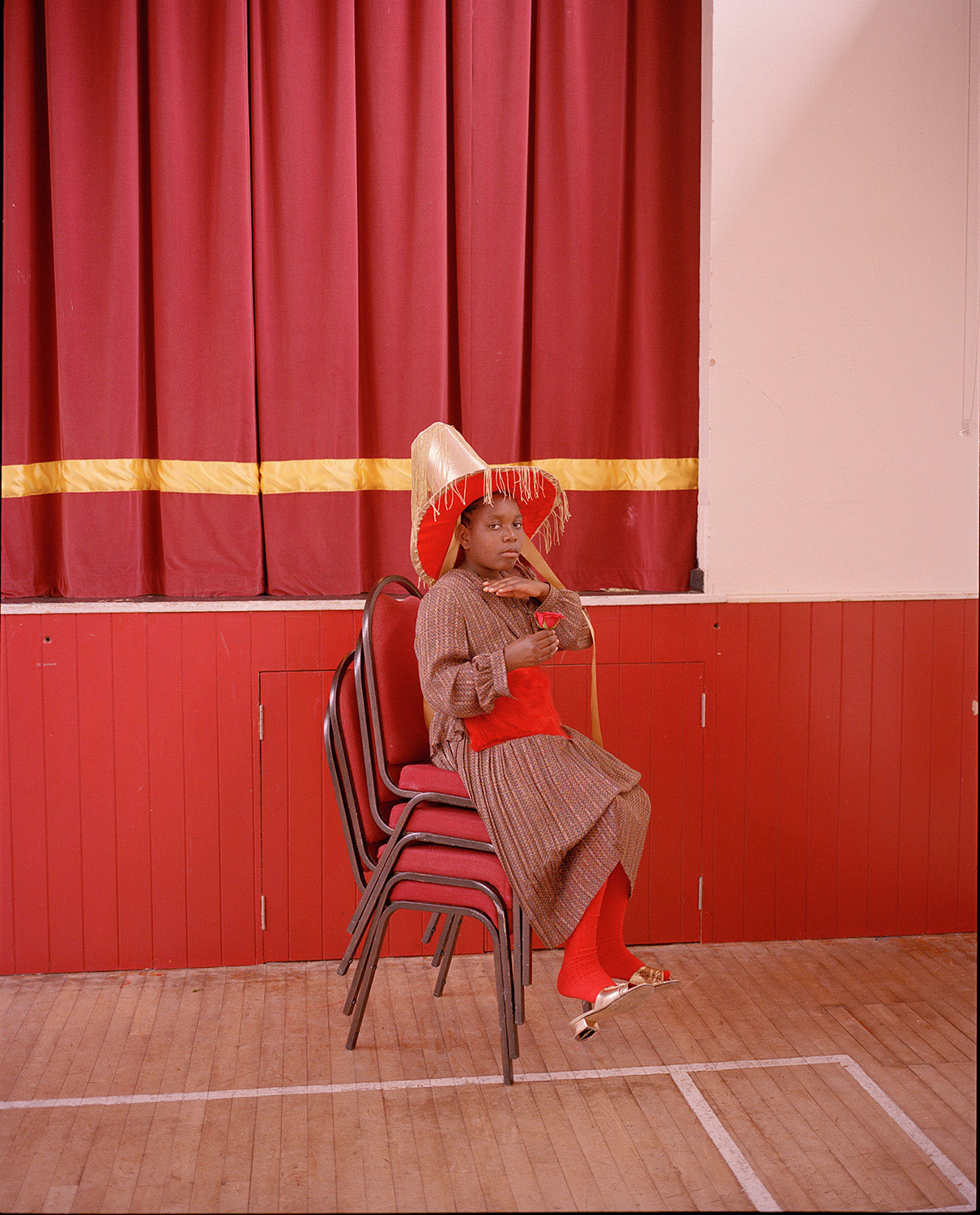



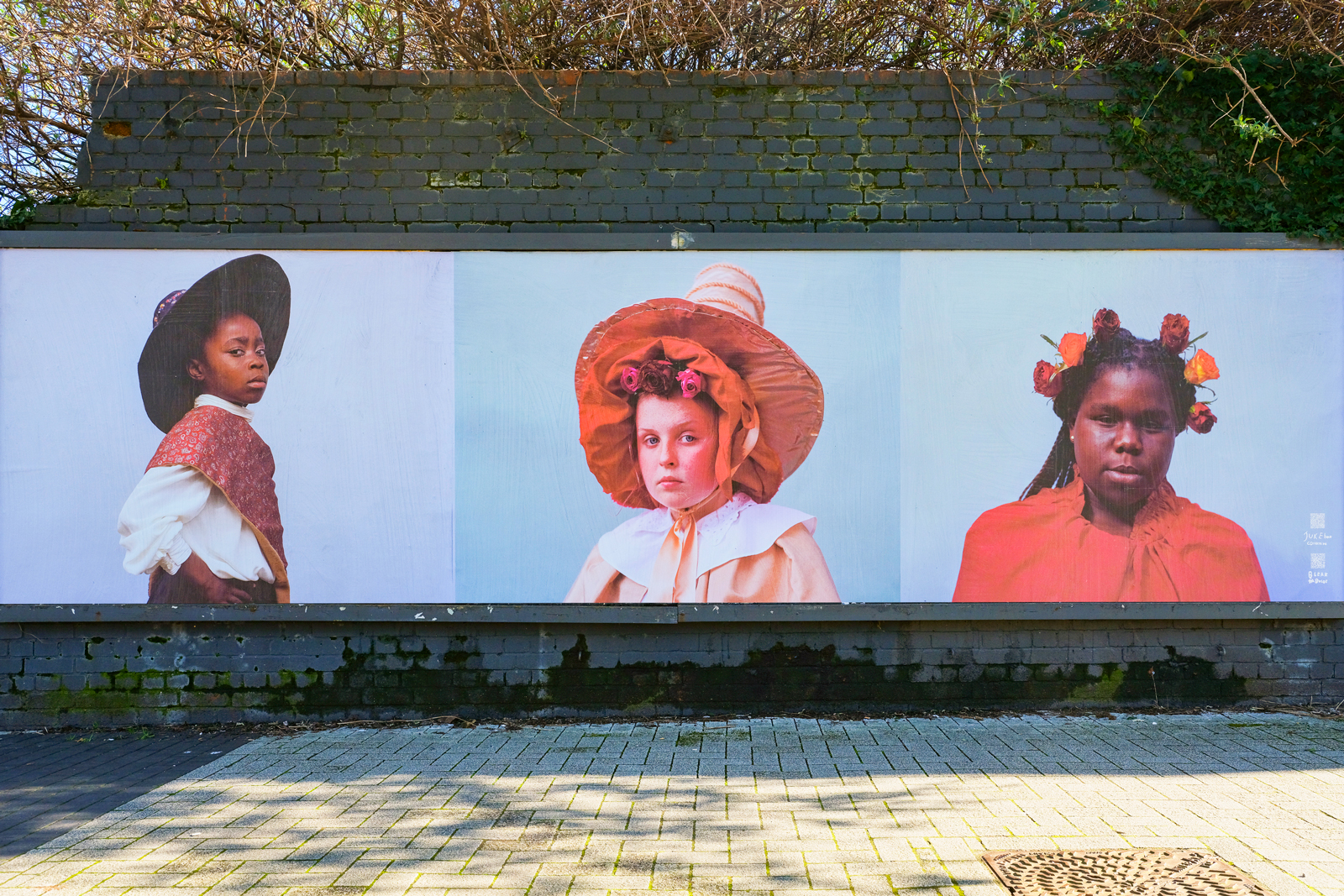
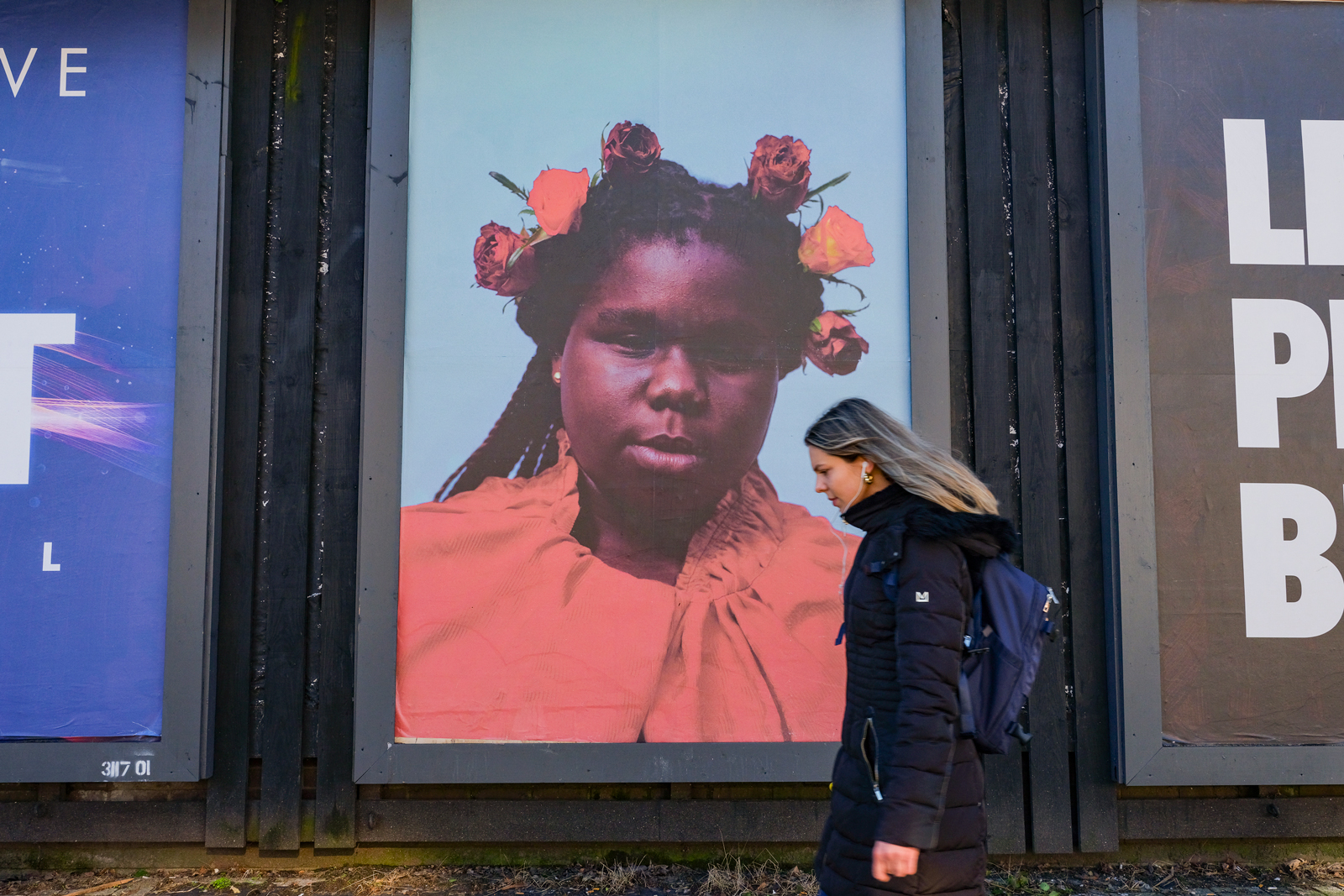
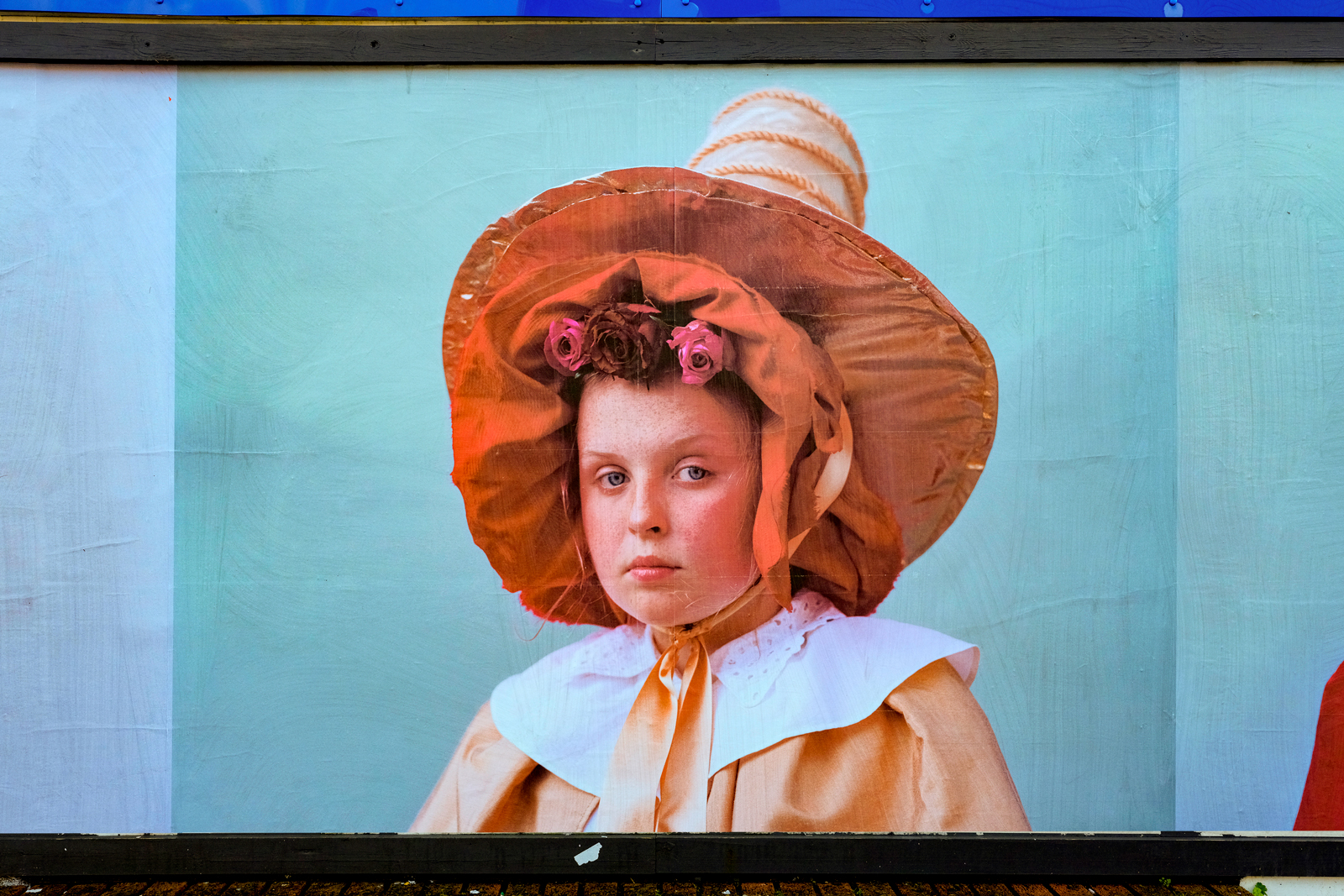
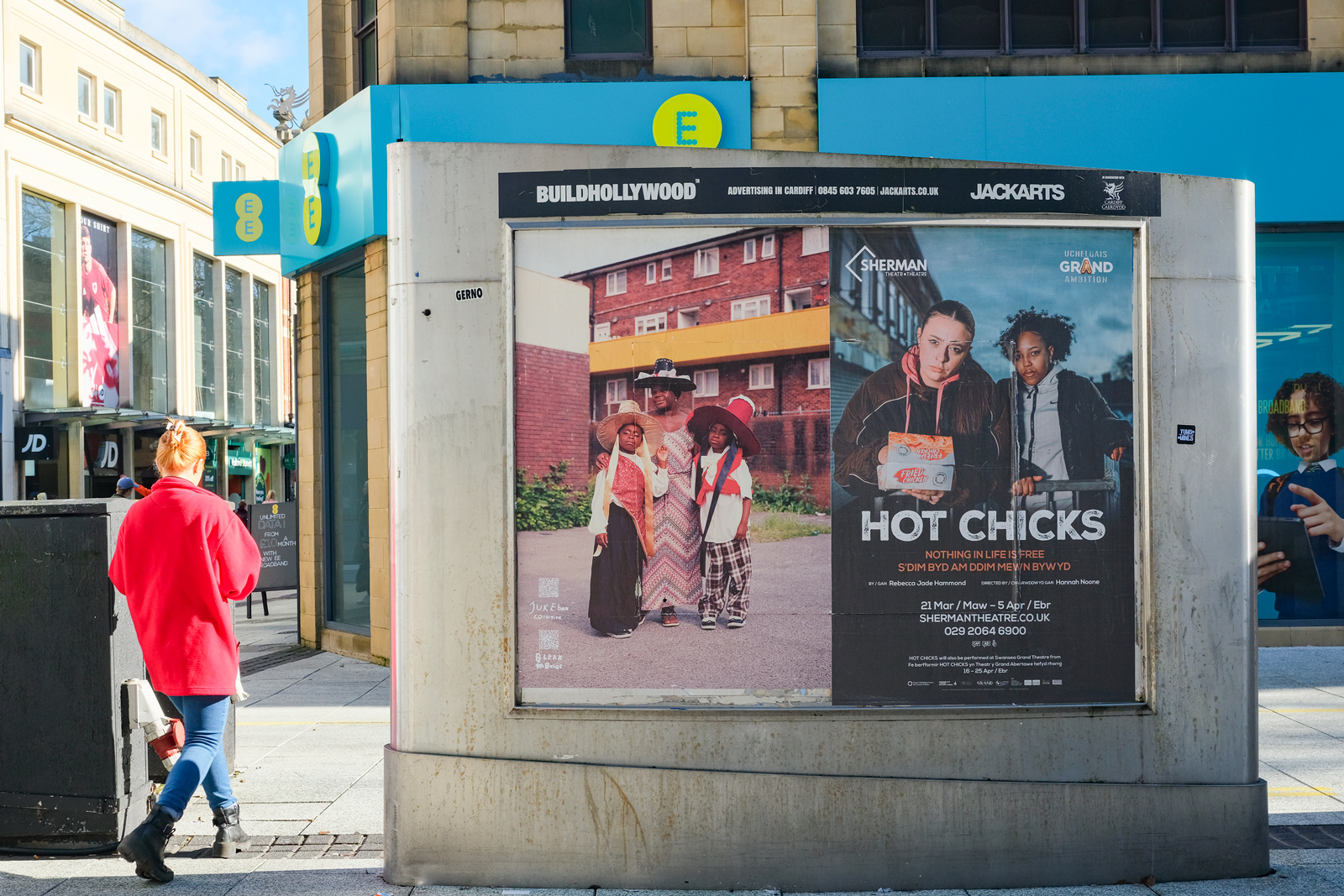
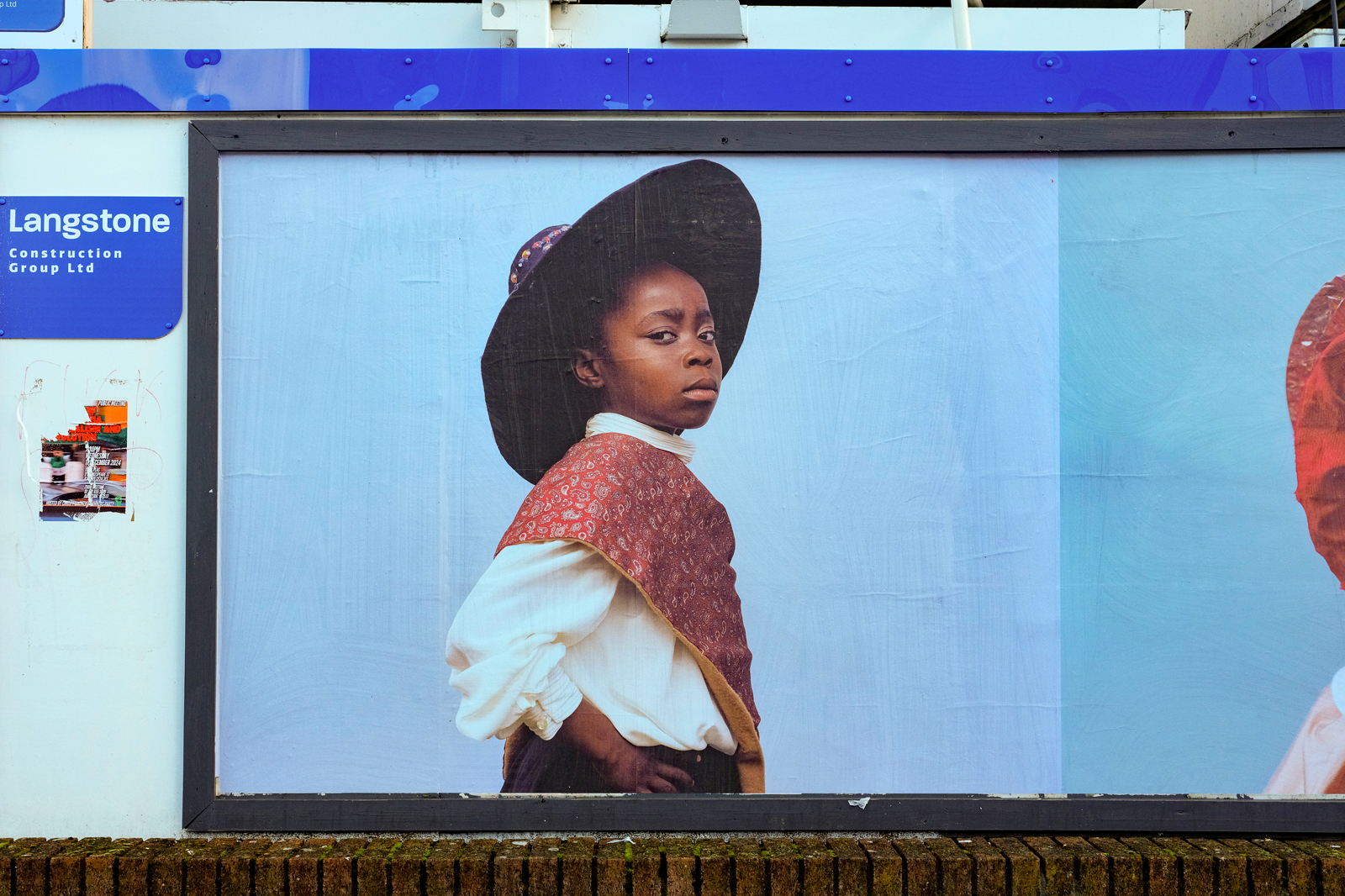
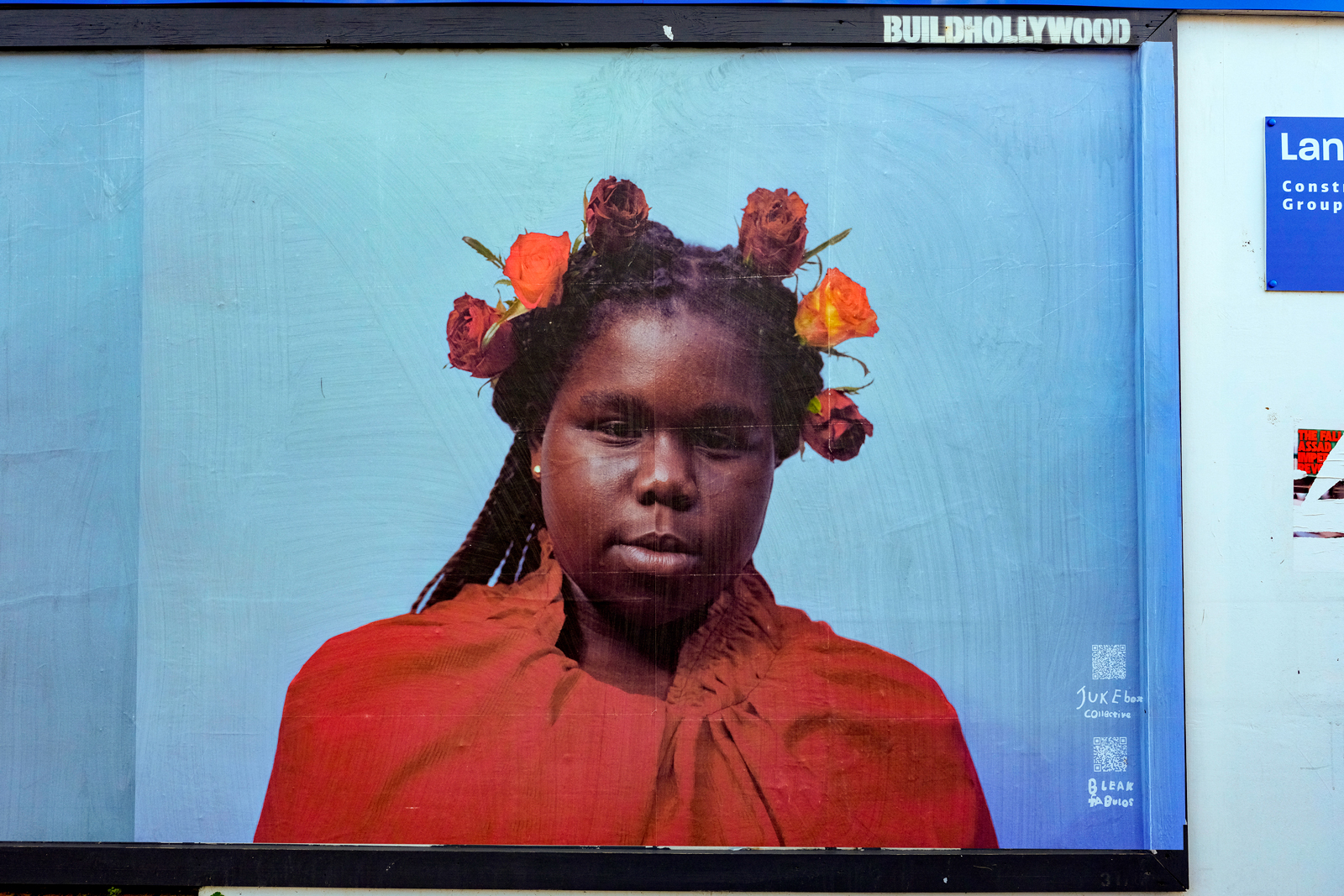
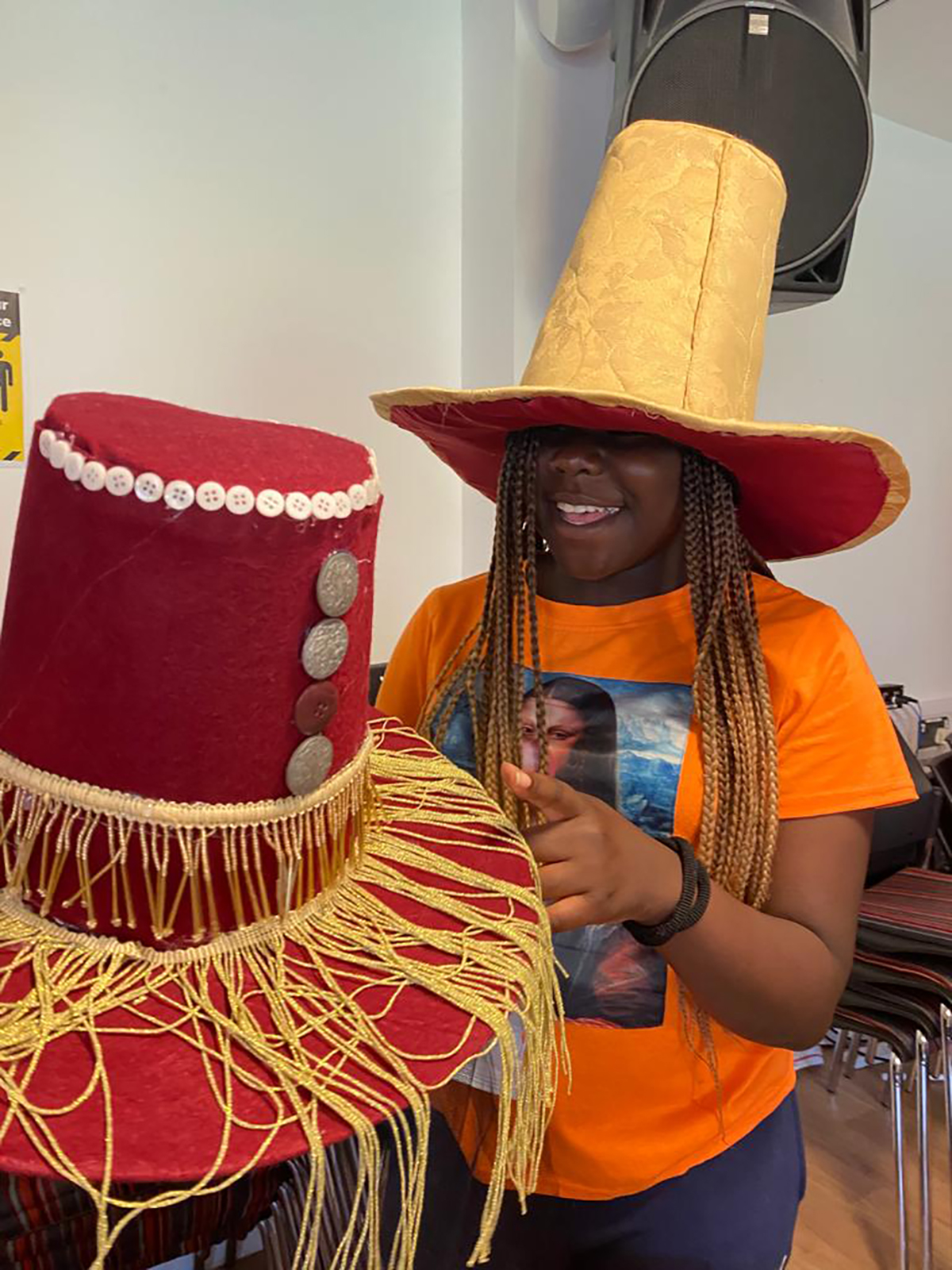
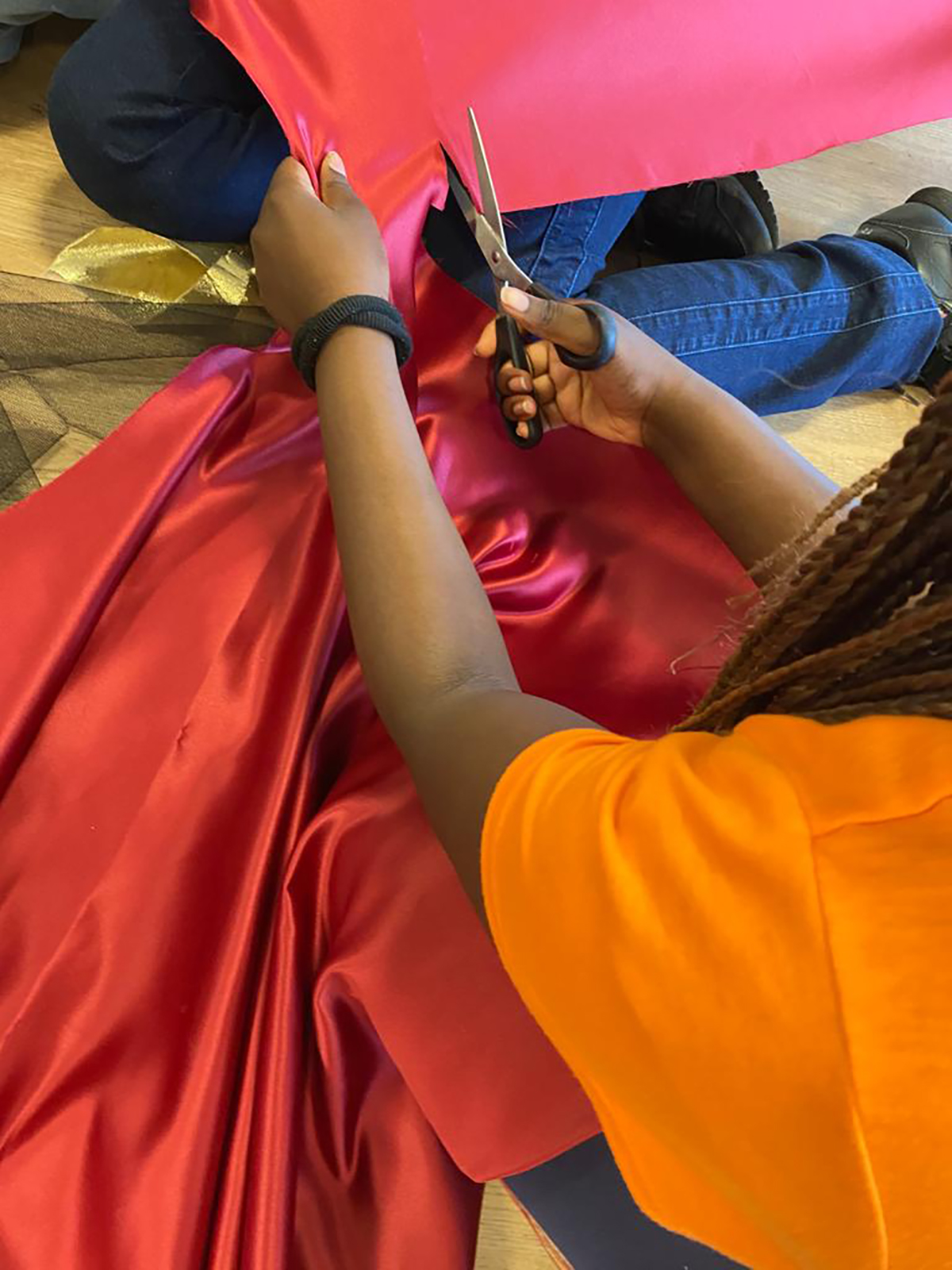
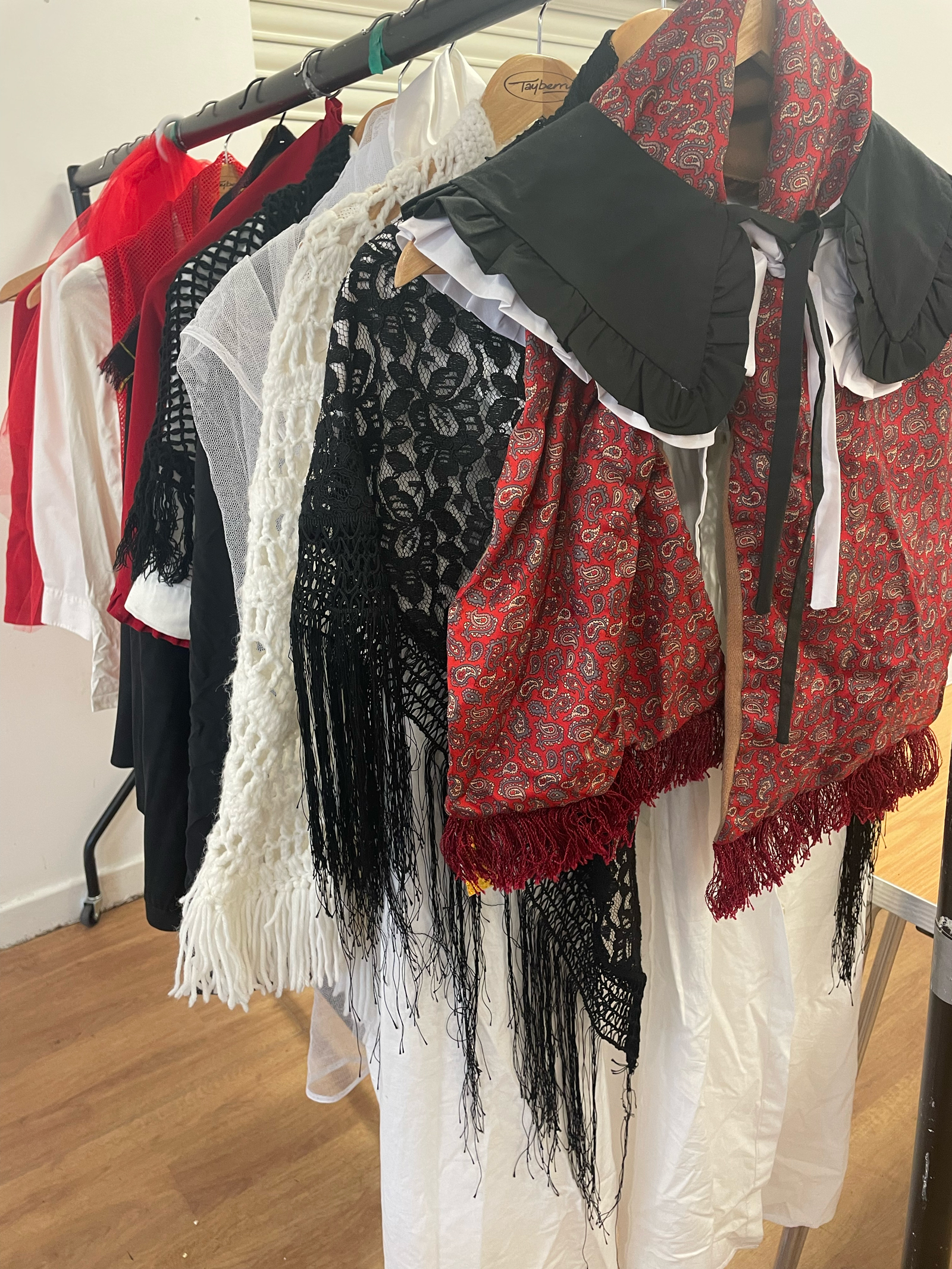
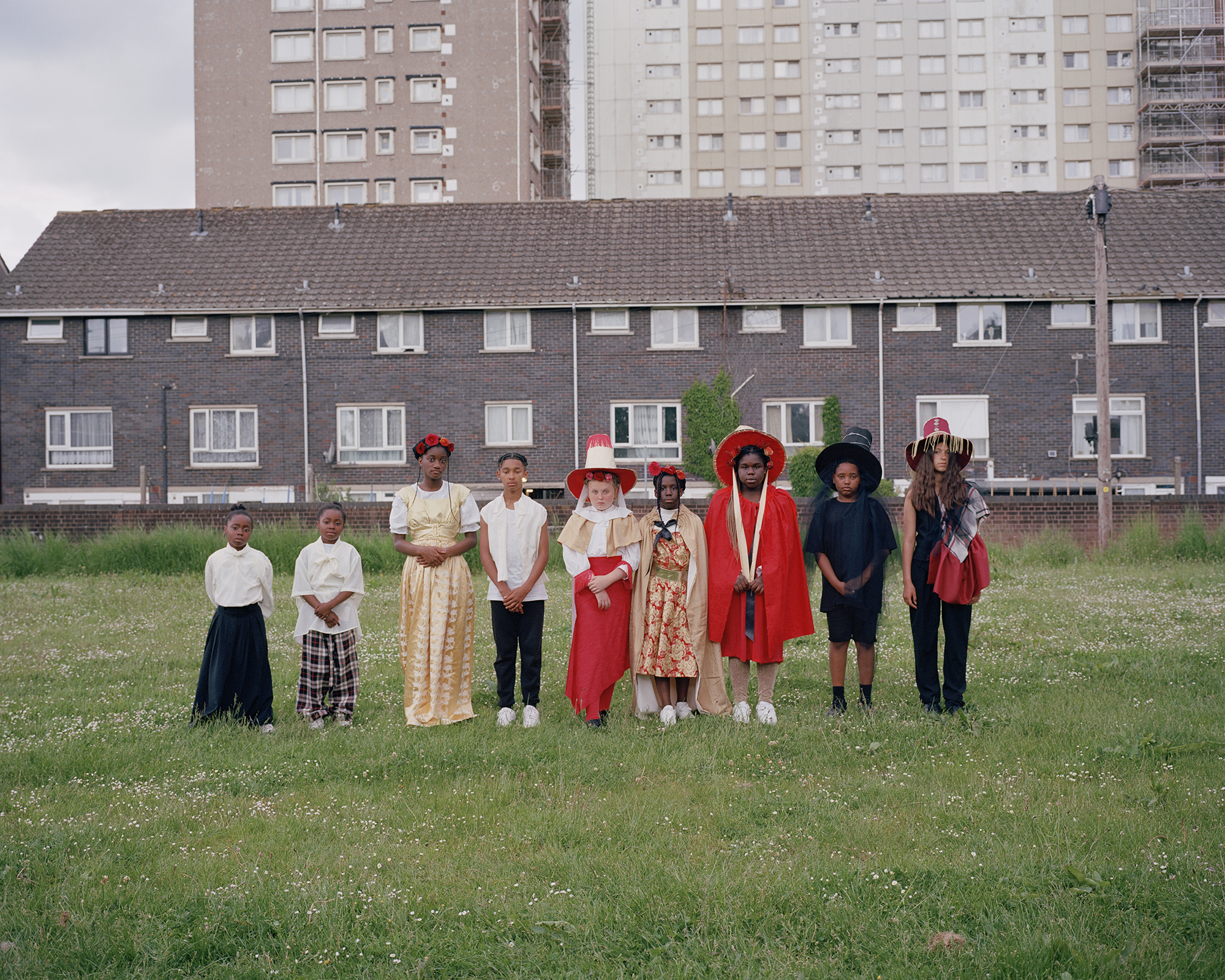

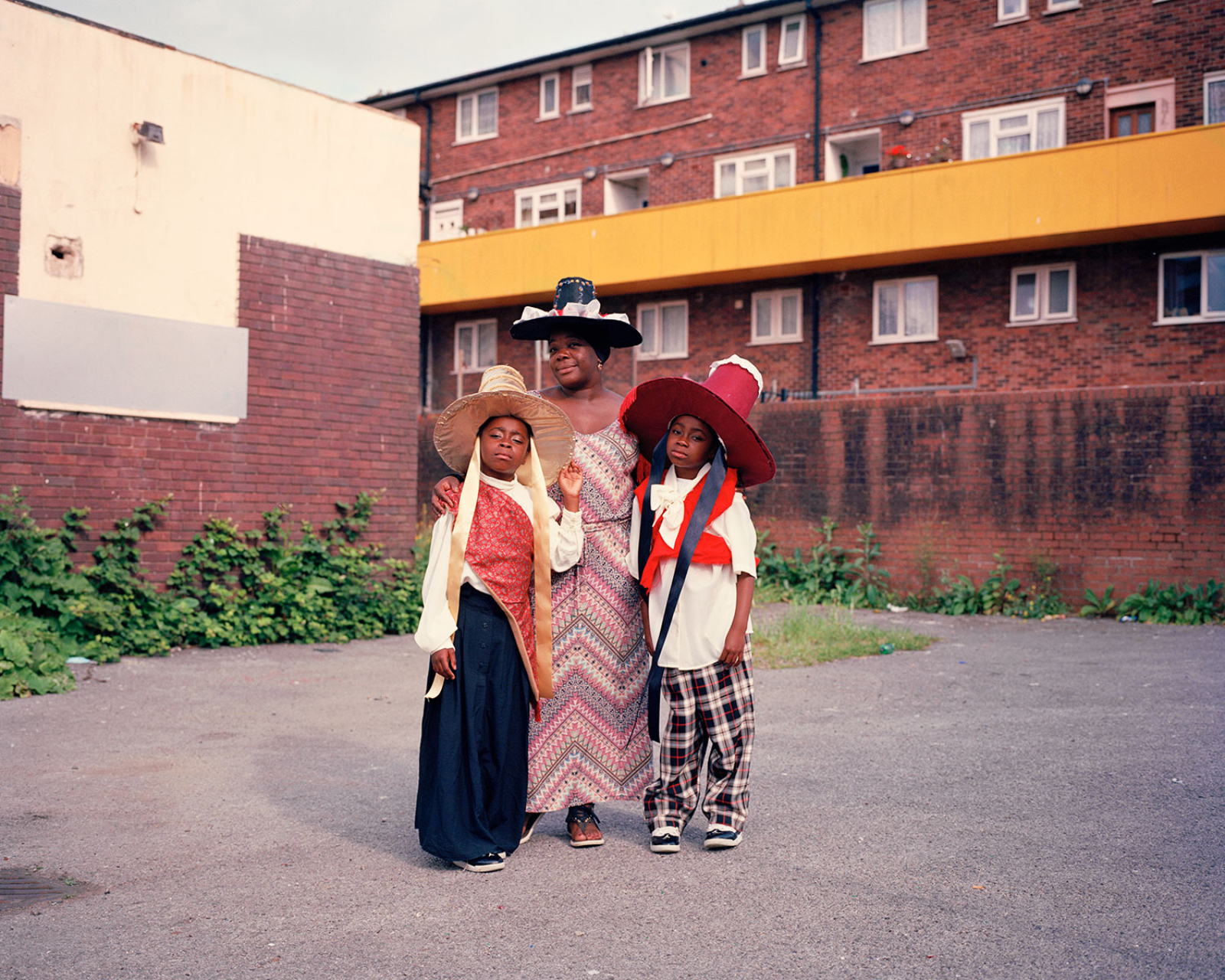
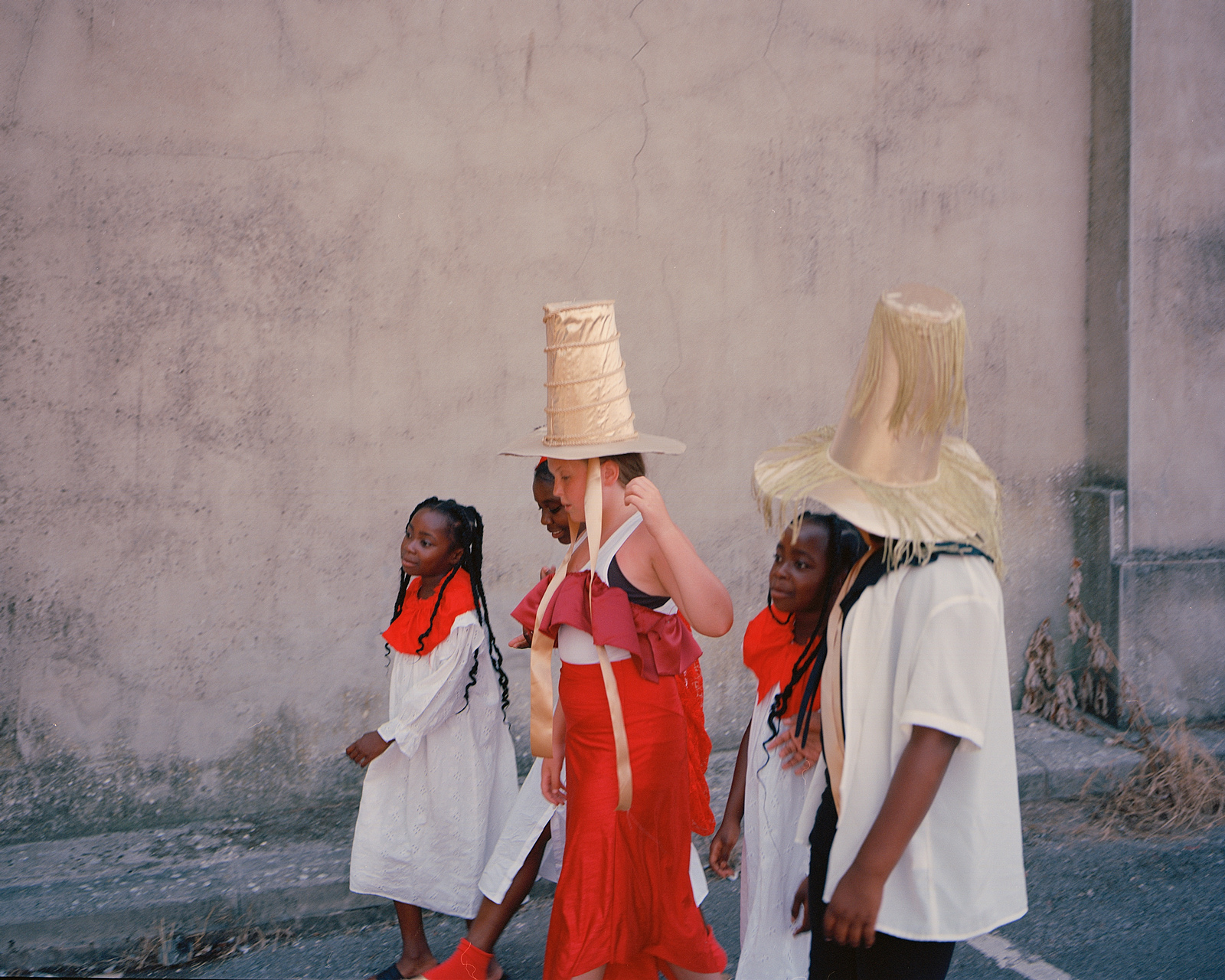
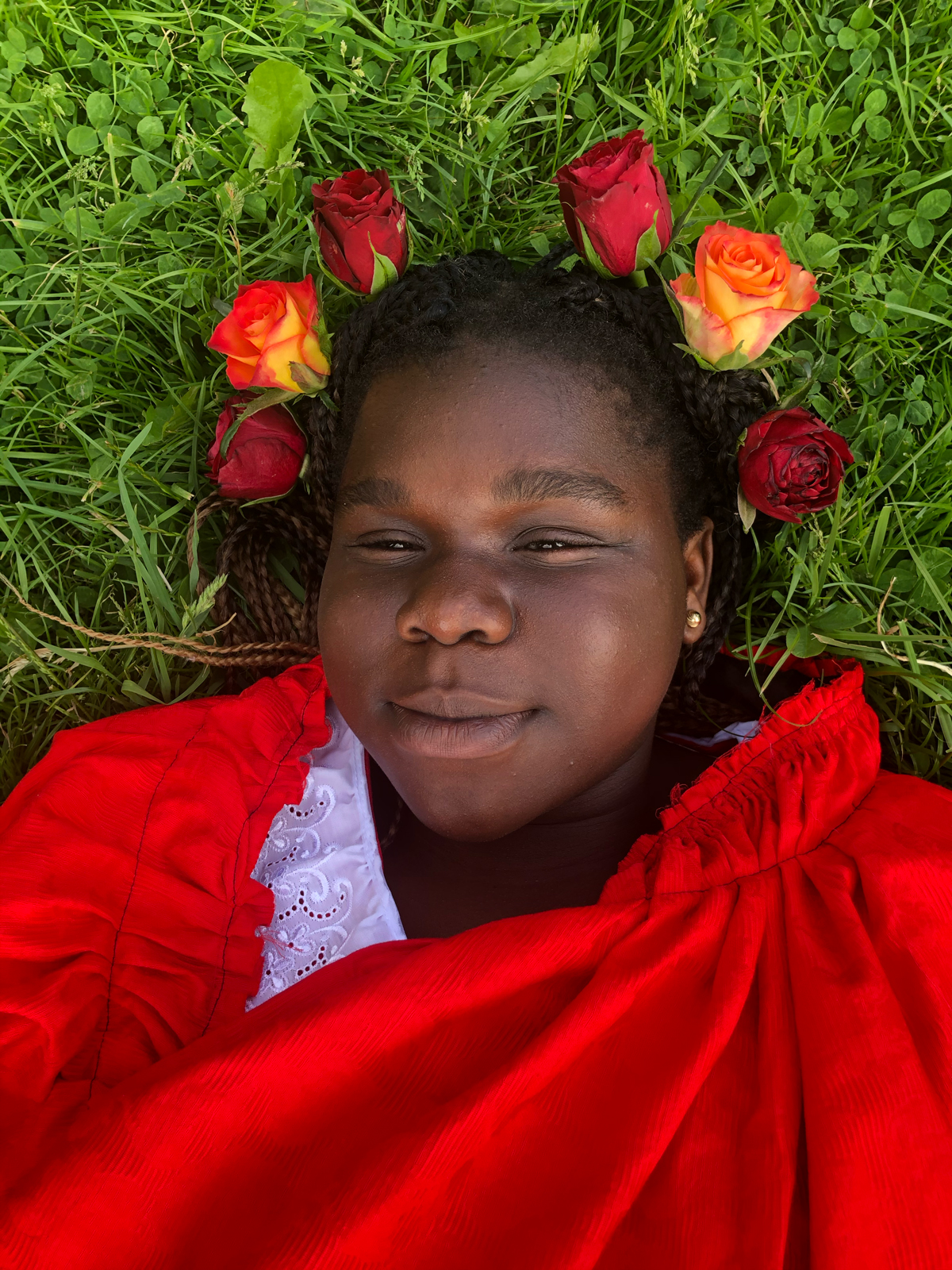
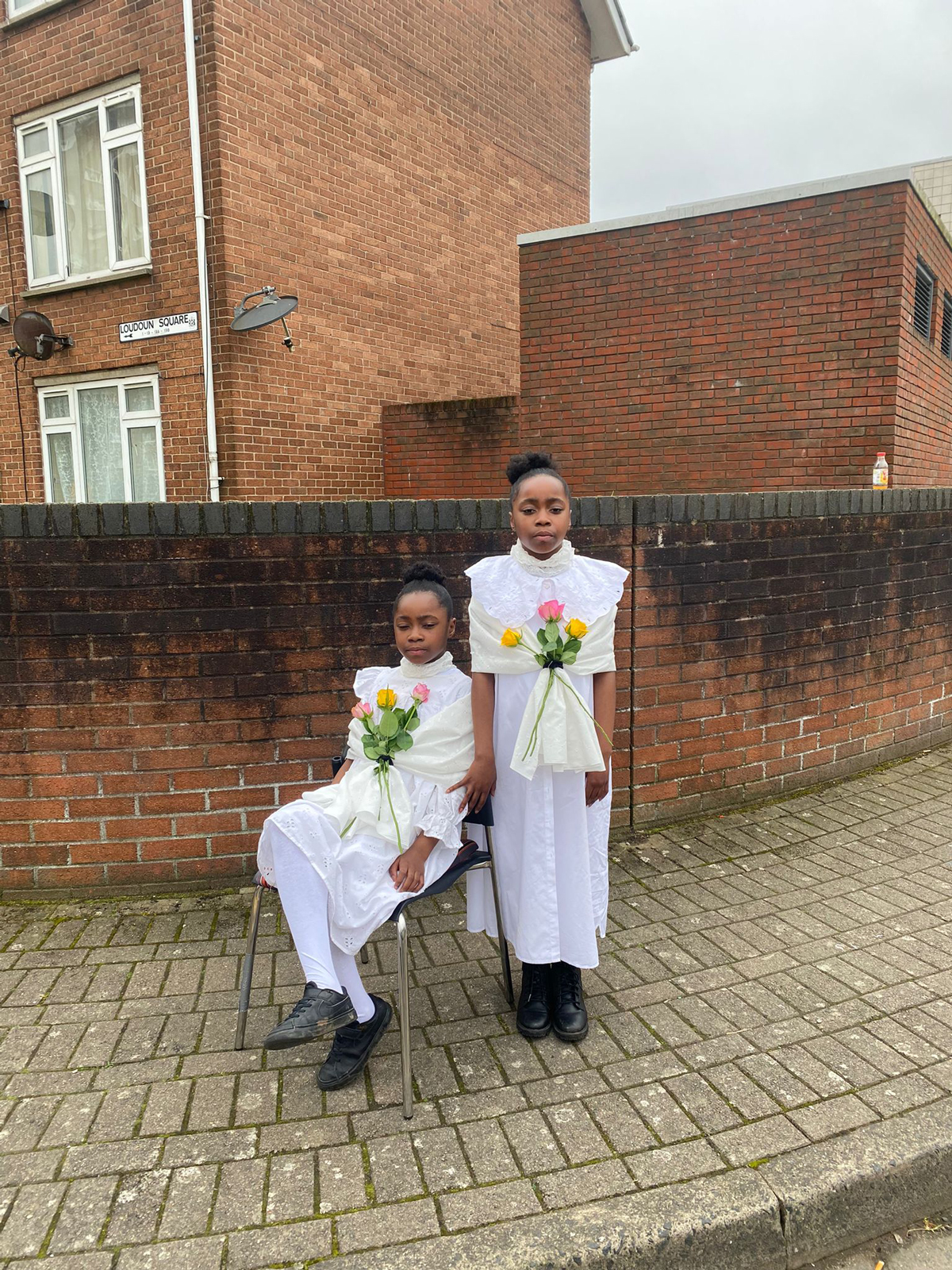
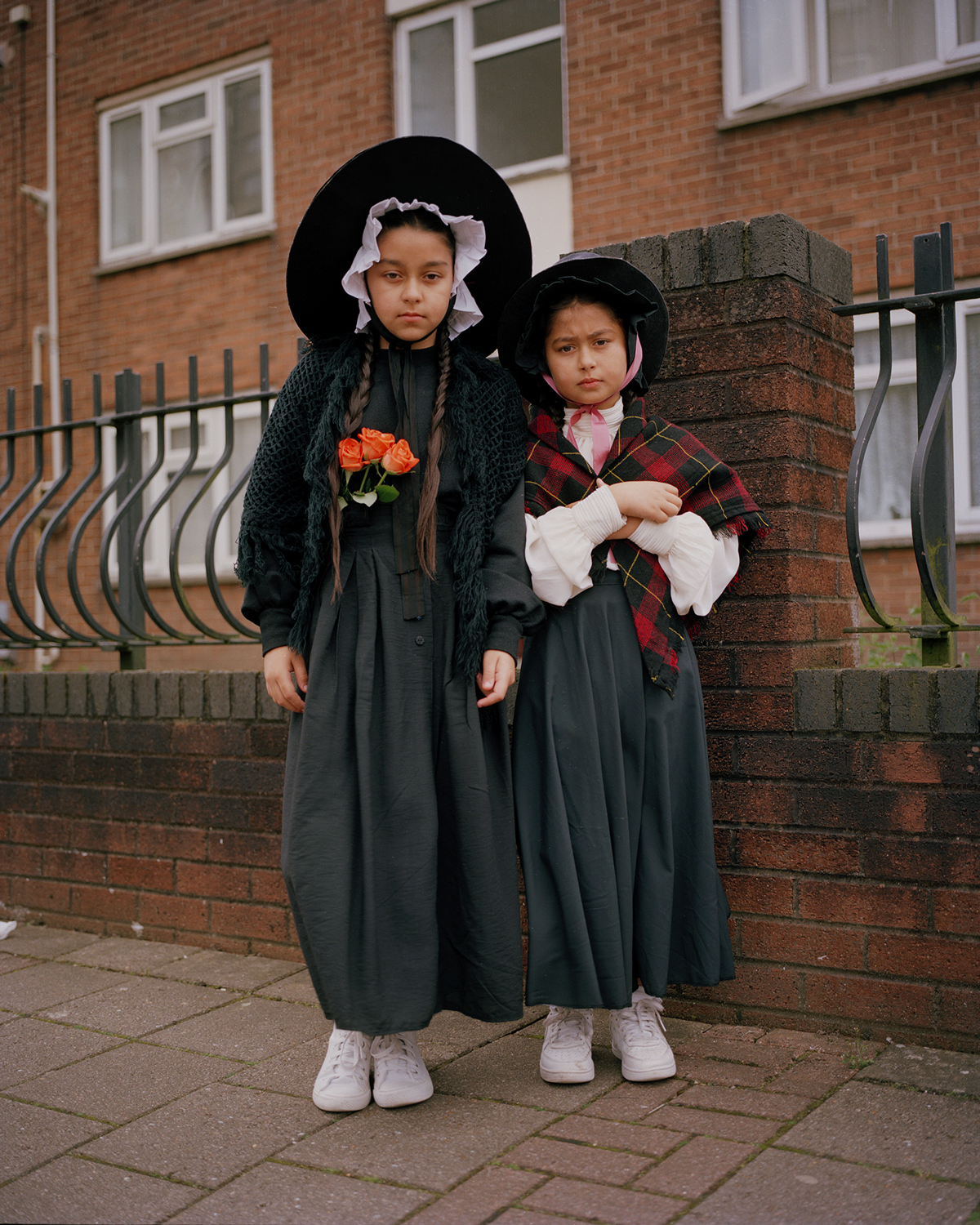
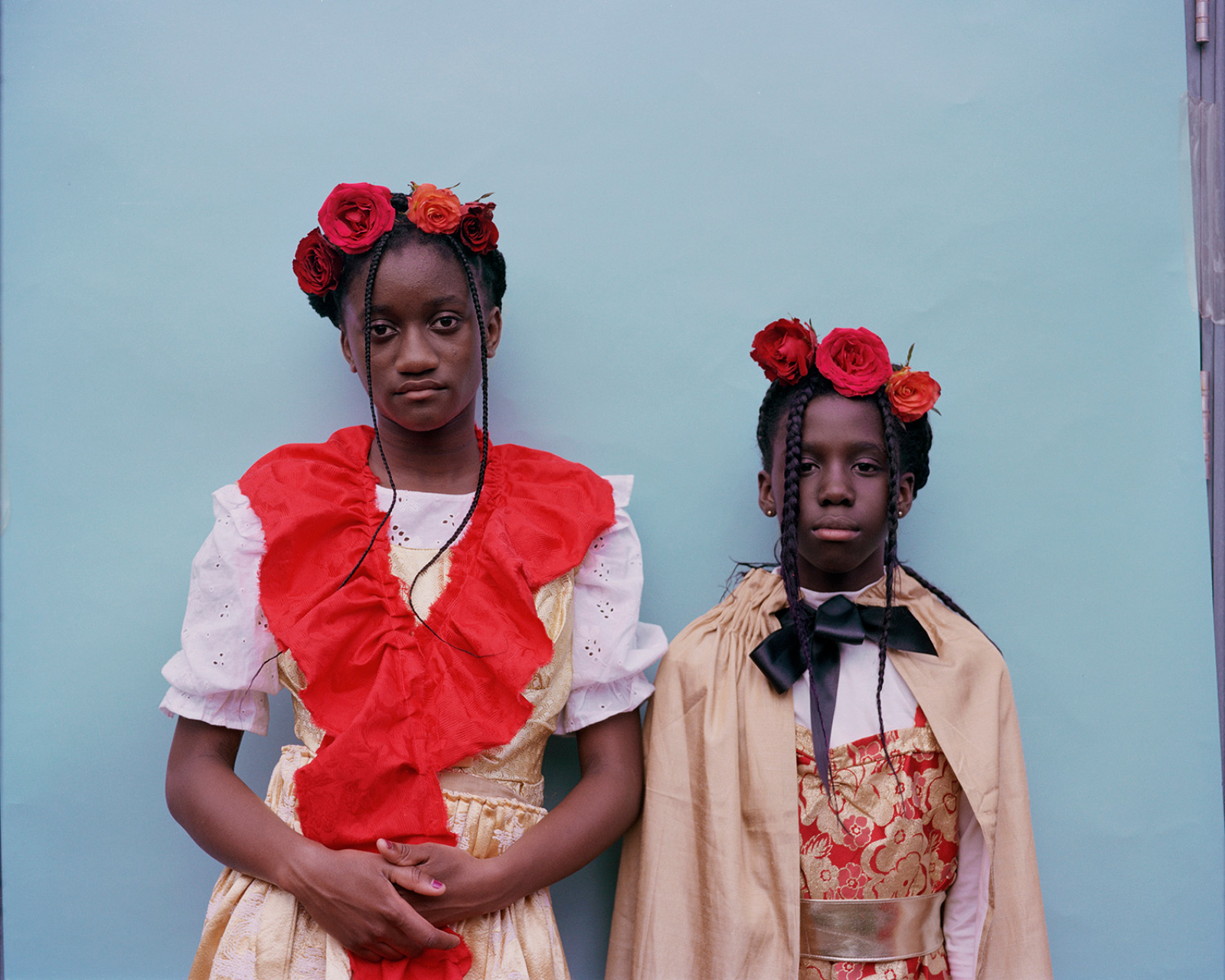 Behind the scenes
Behind the scenes
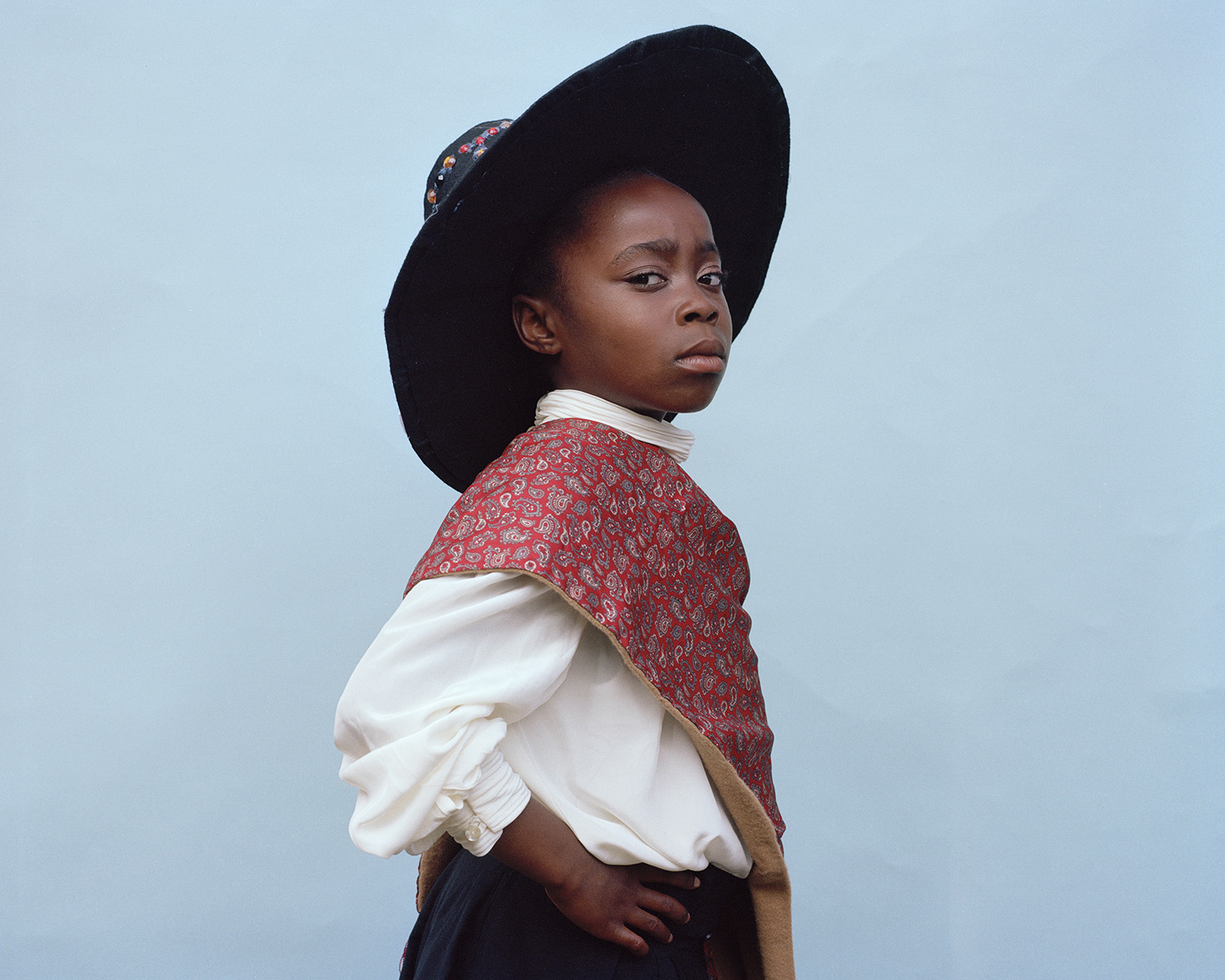
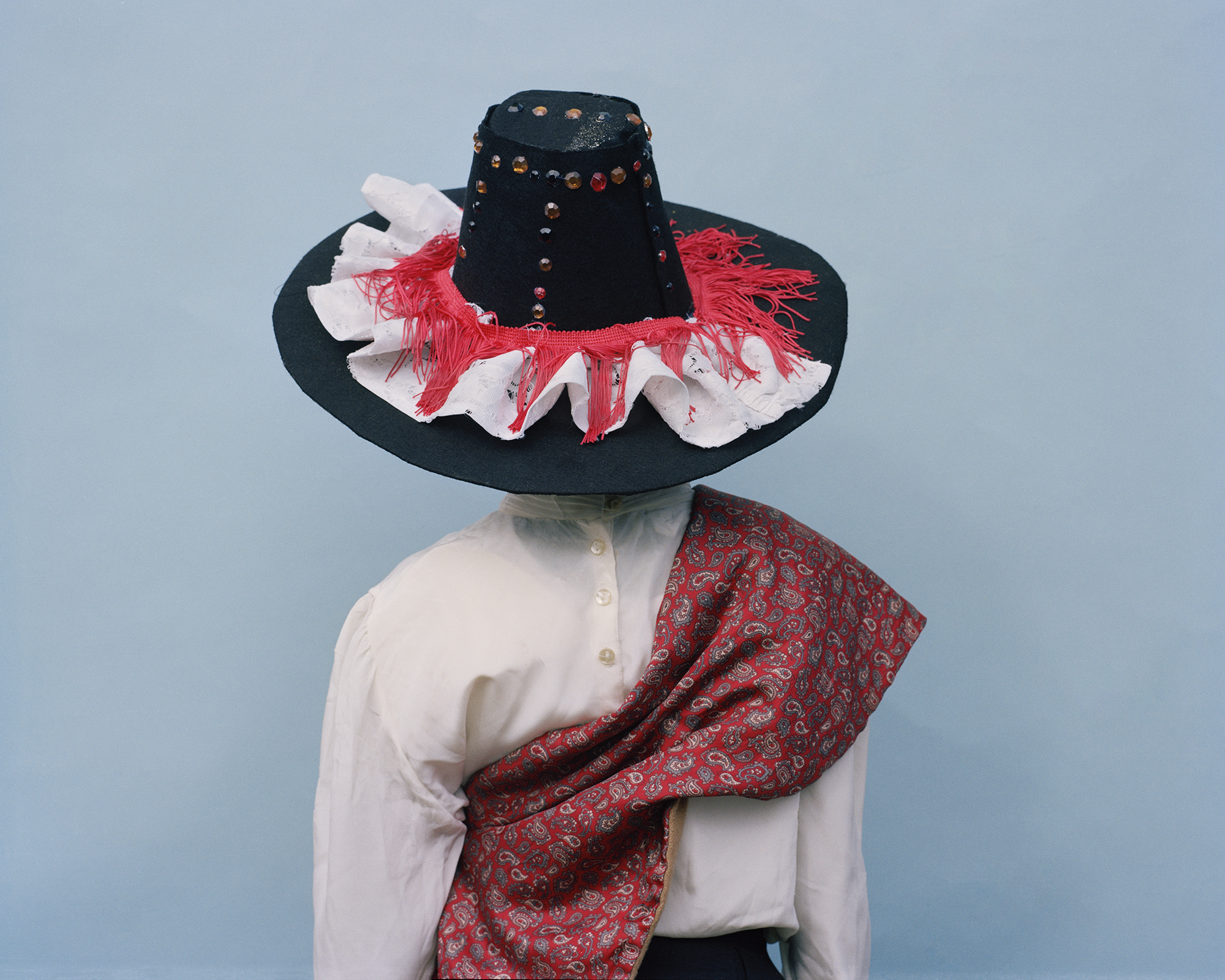
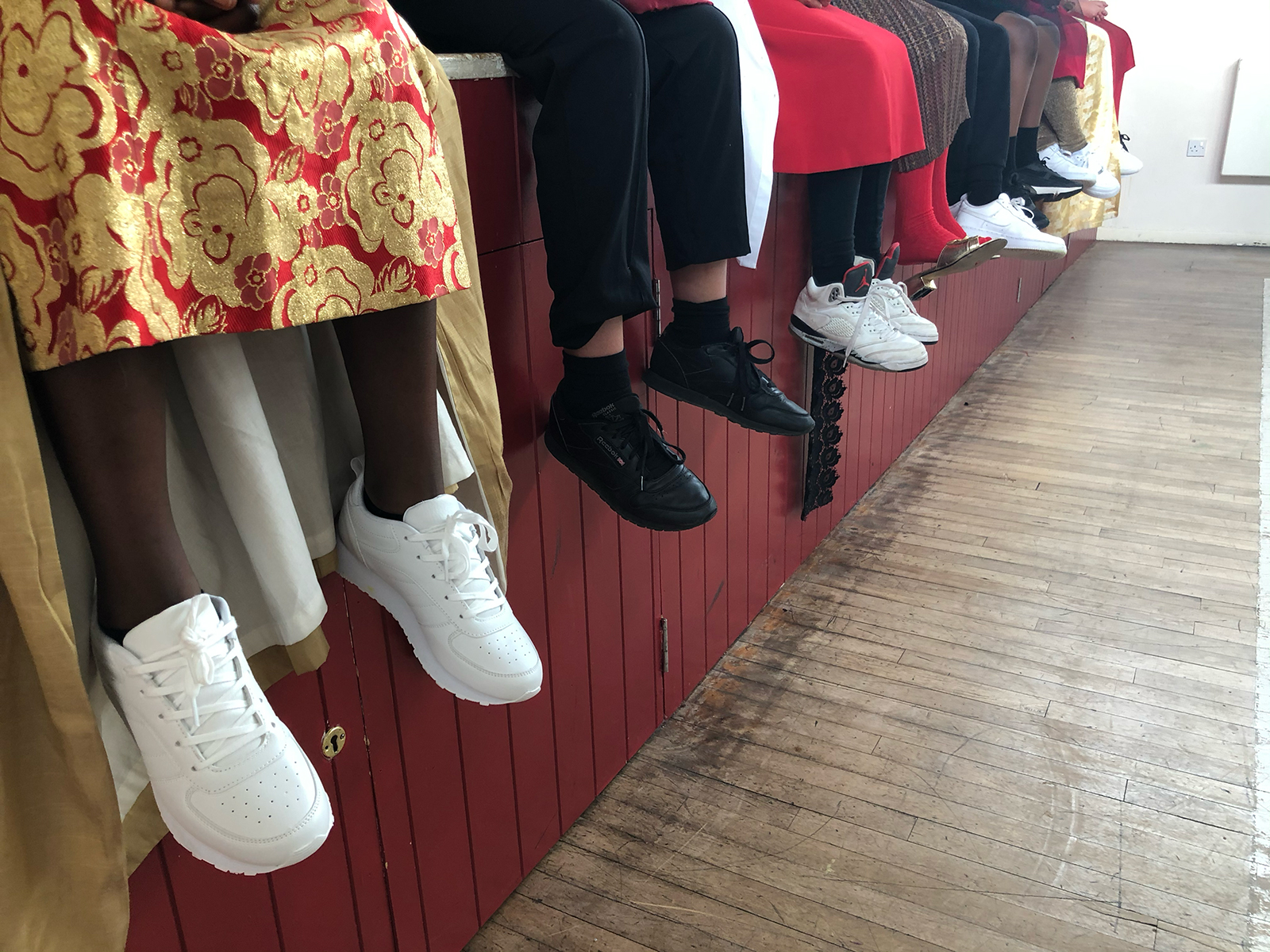 Behind the scenes
Behind the scenes
